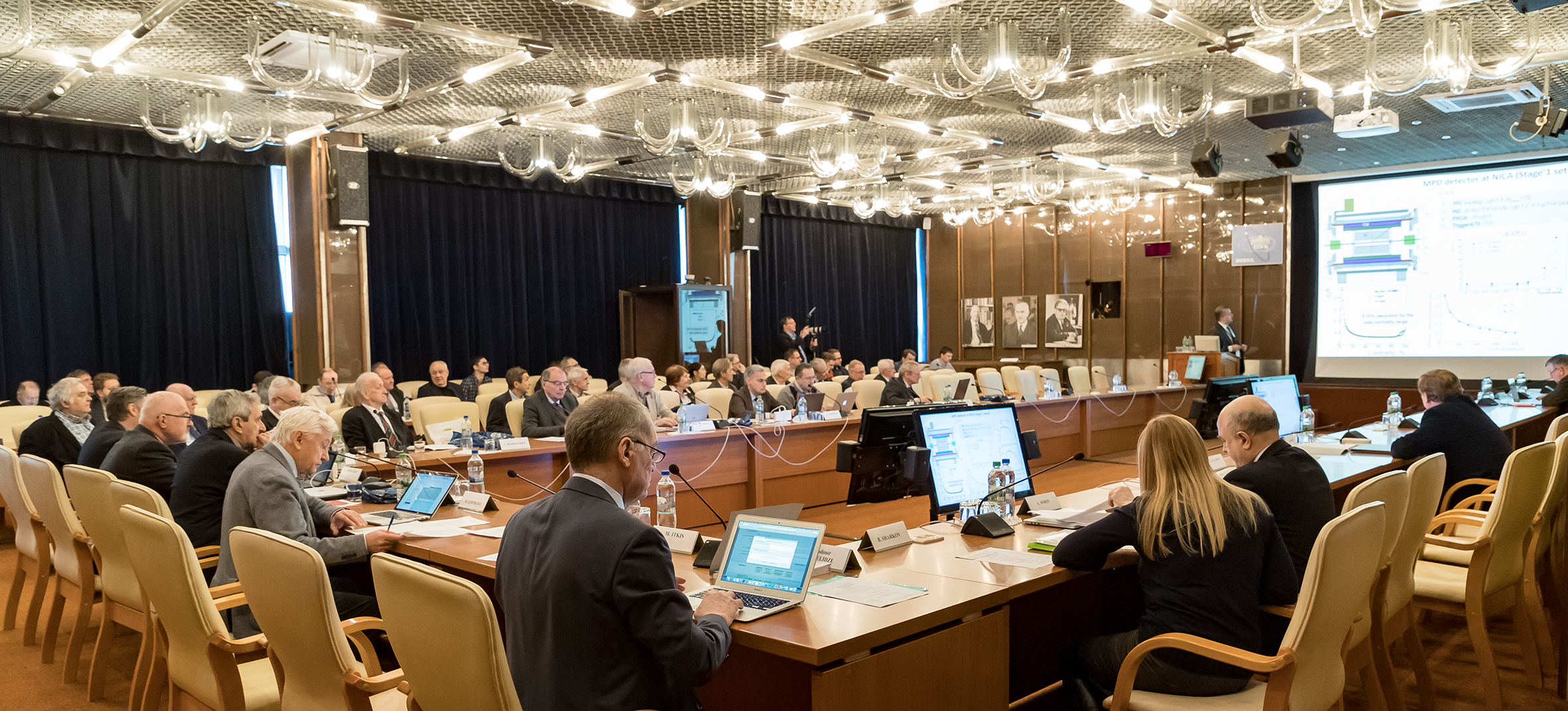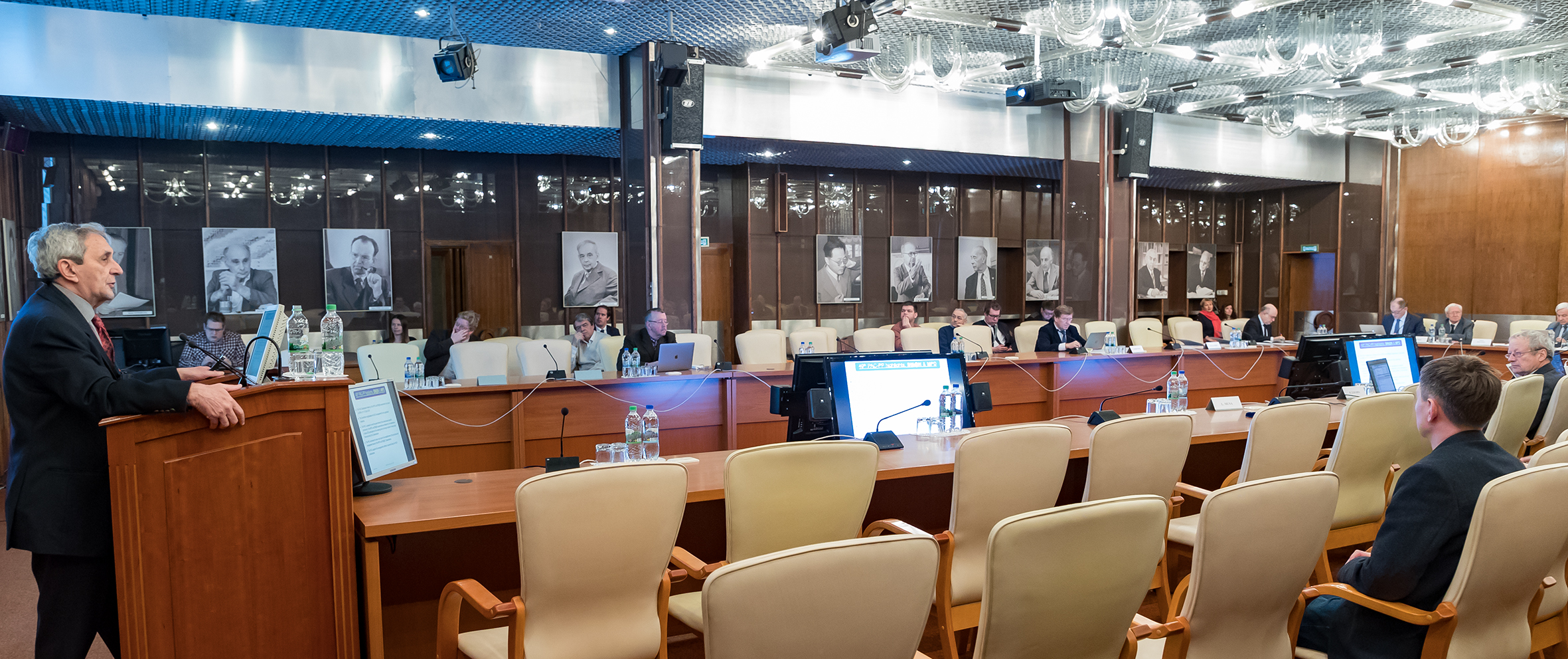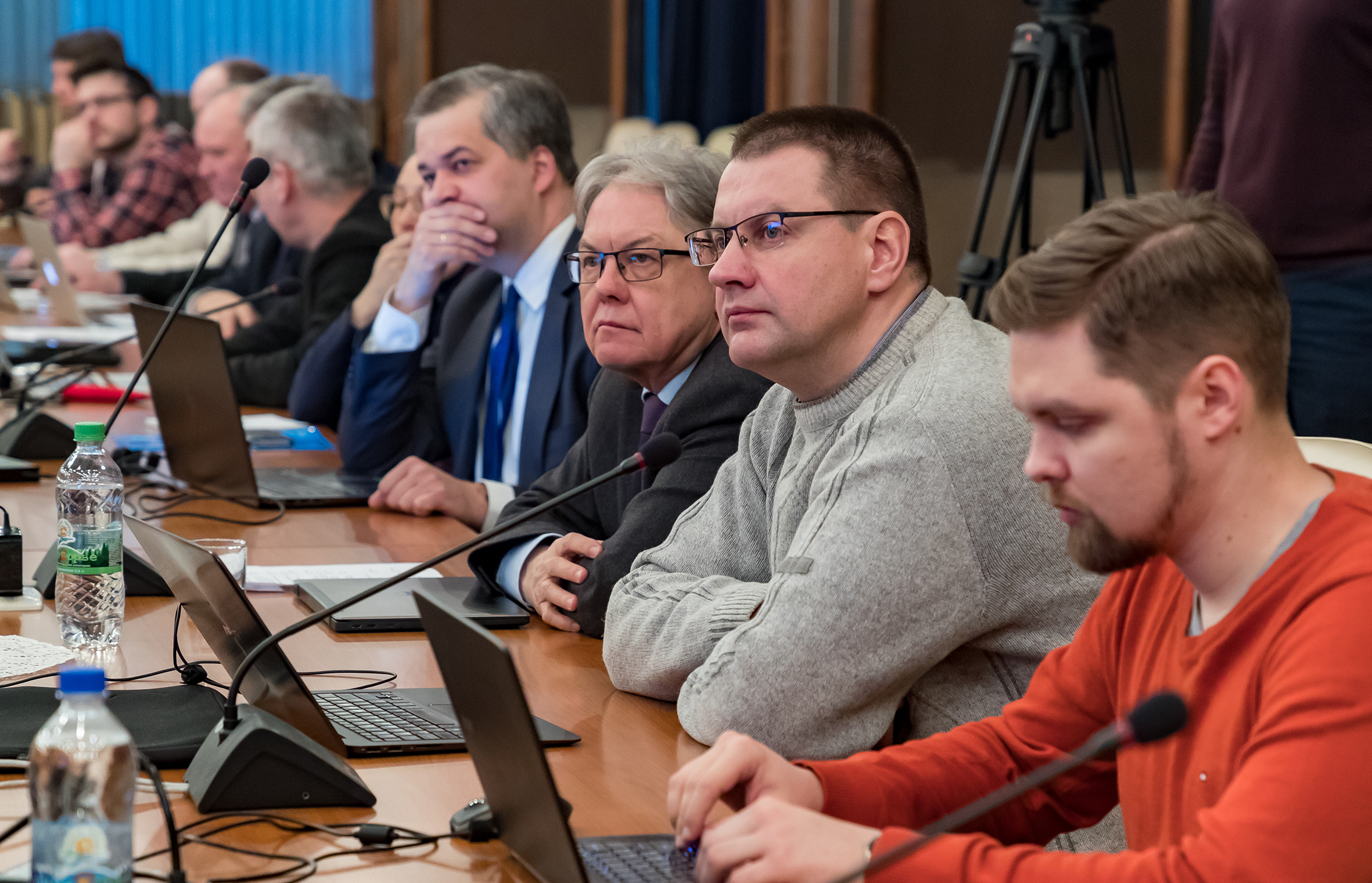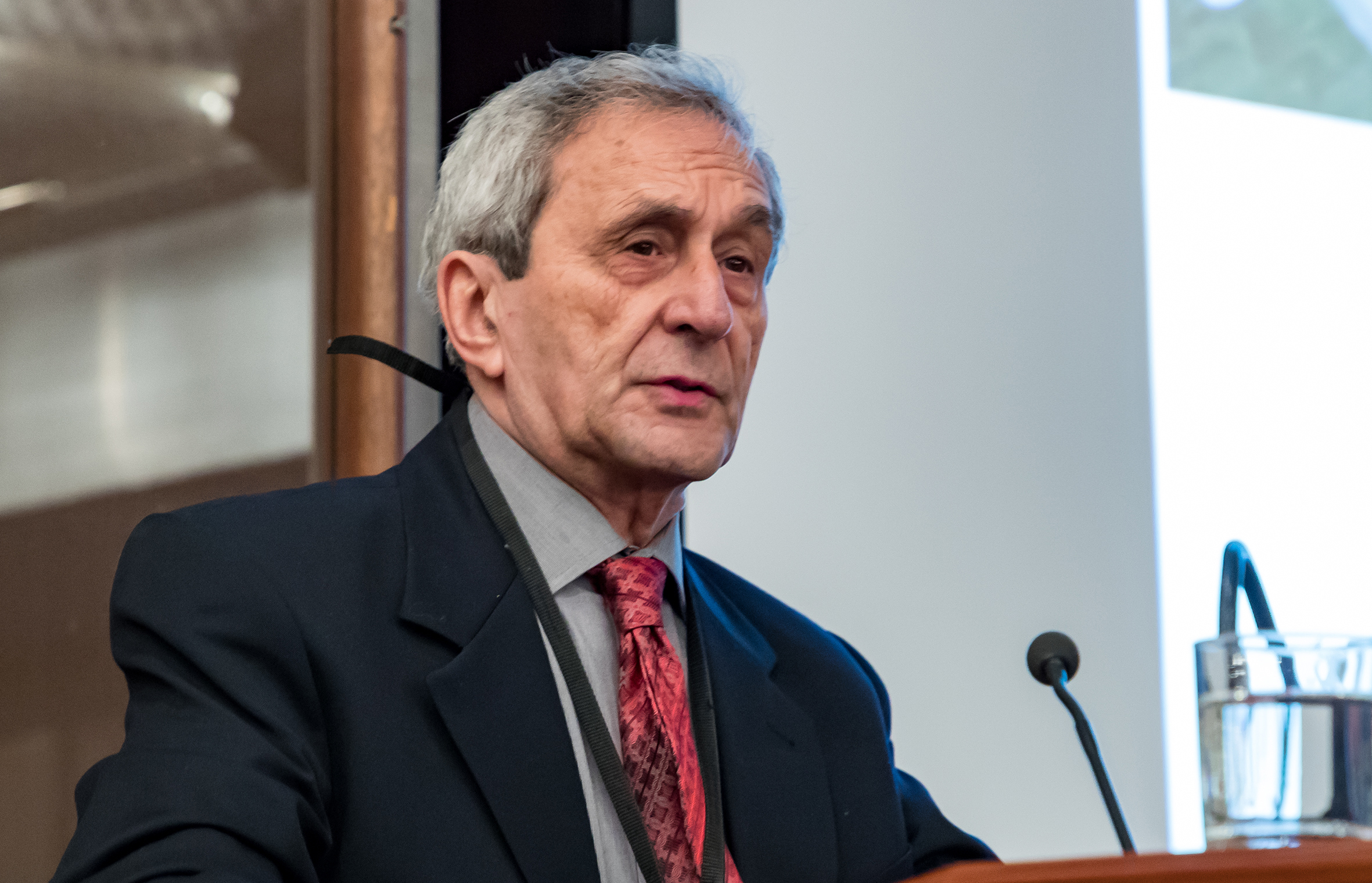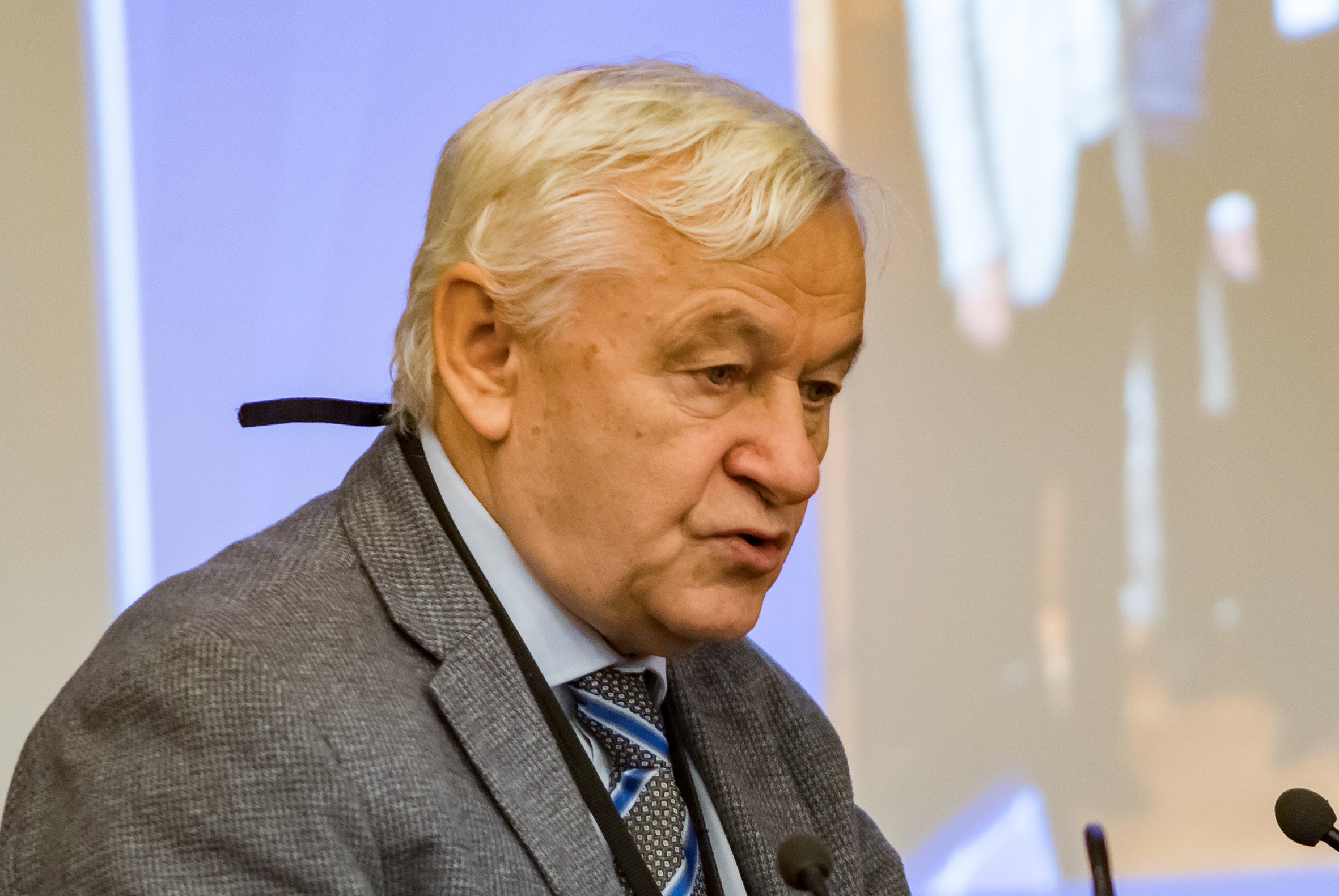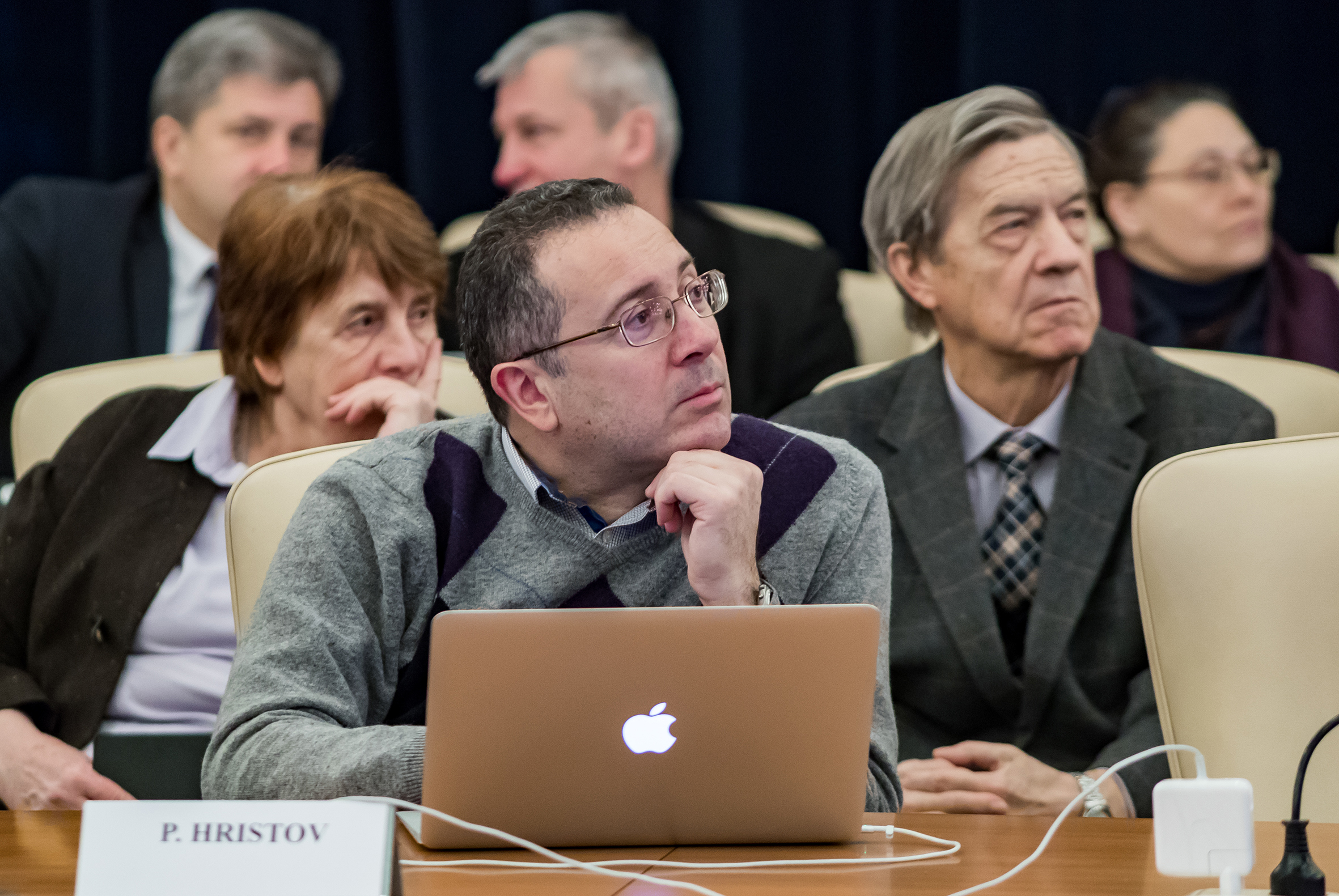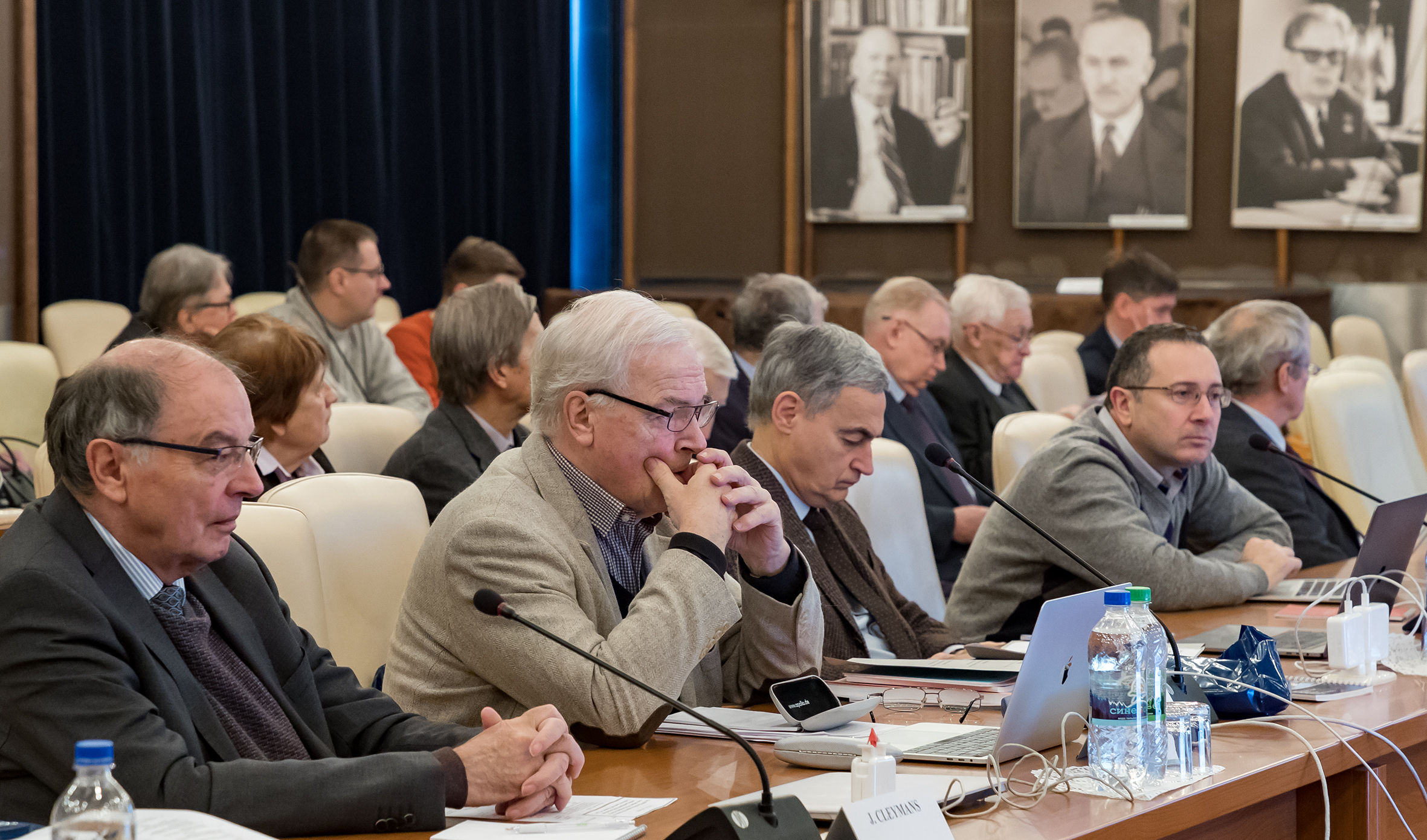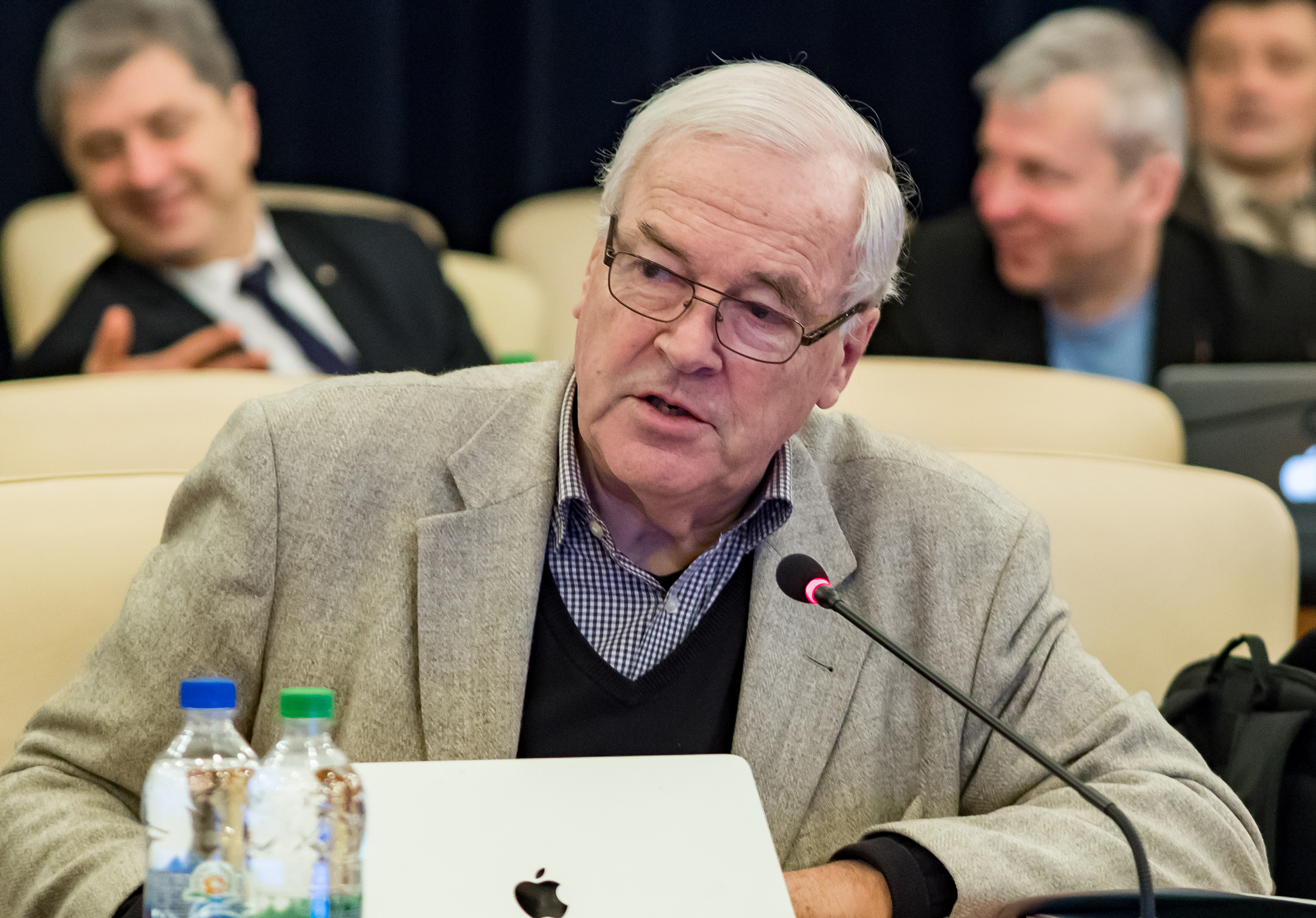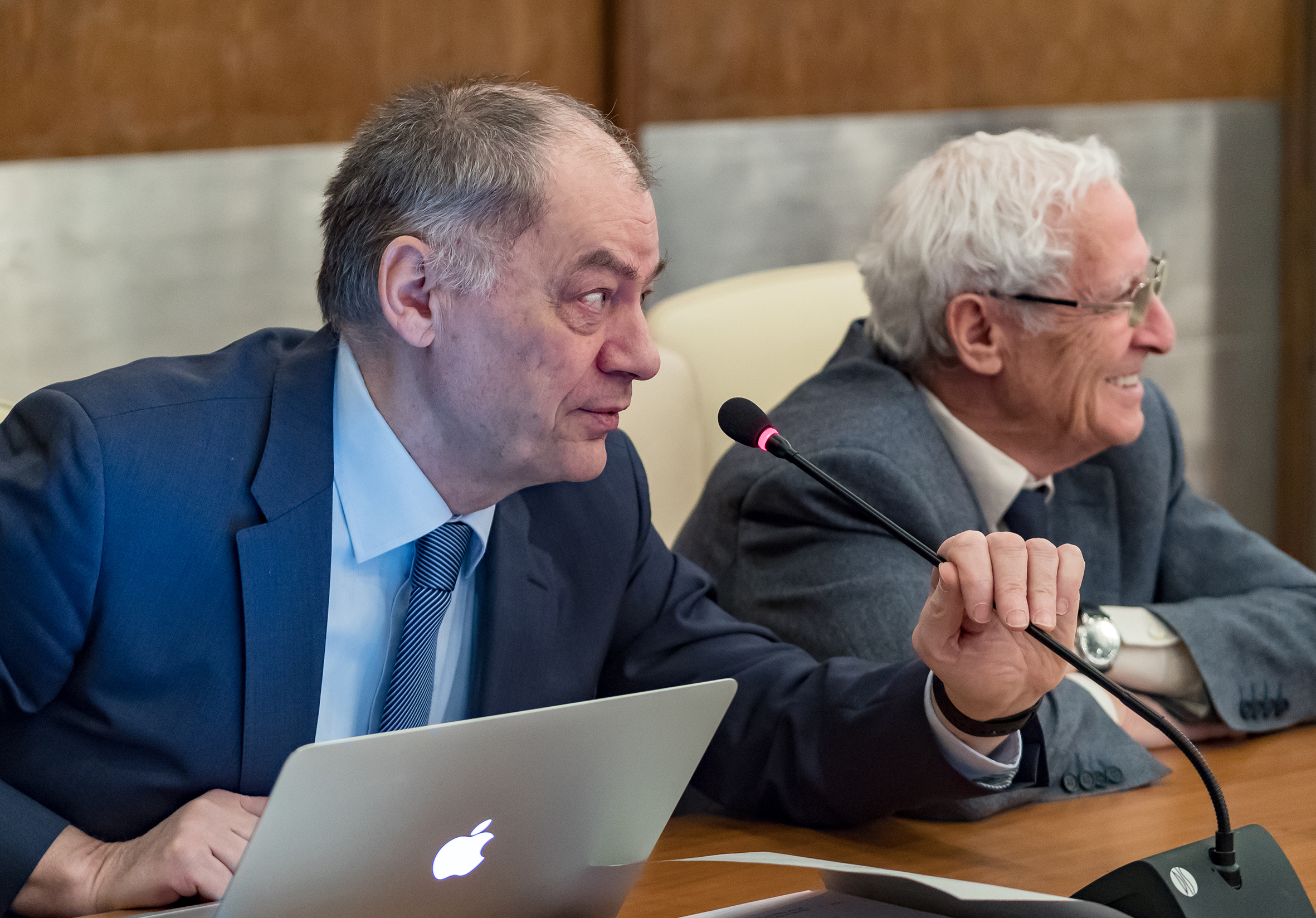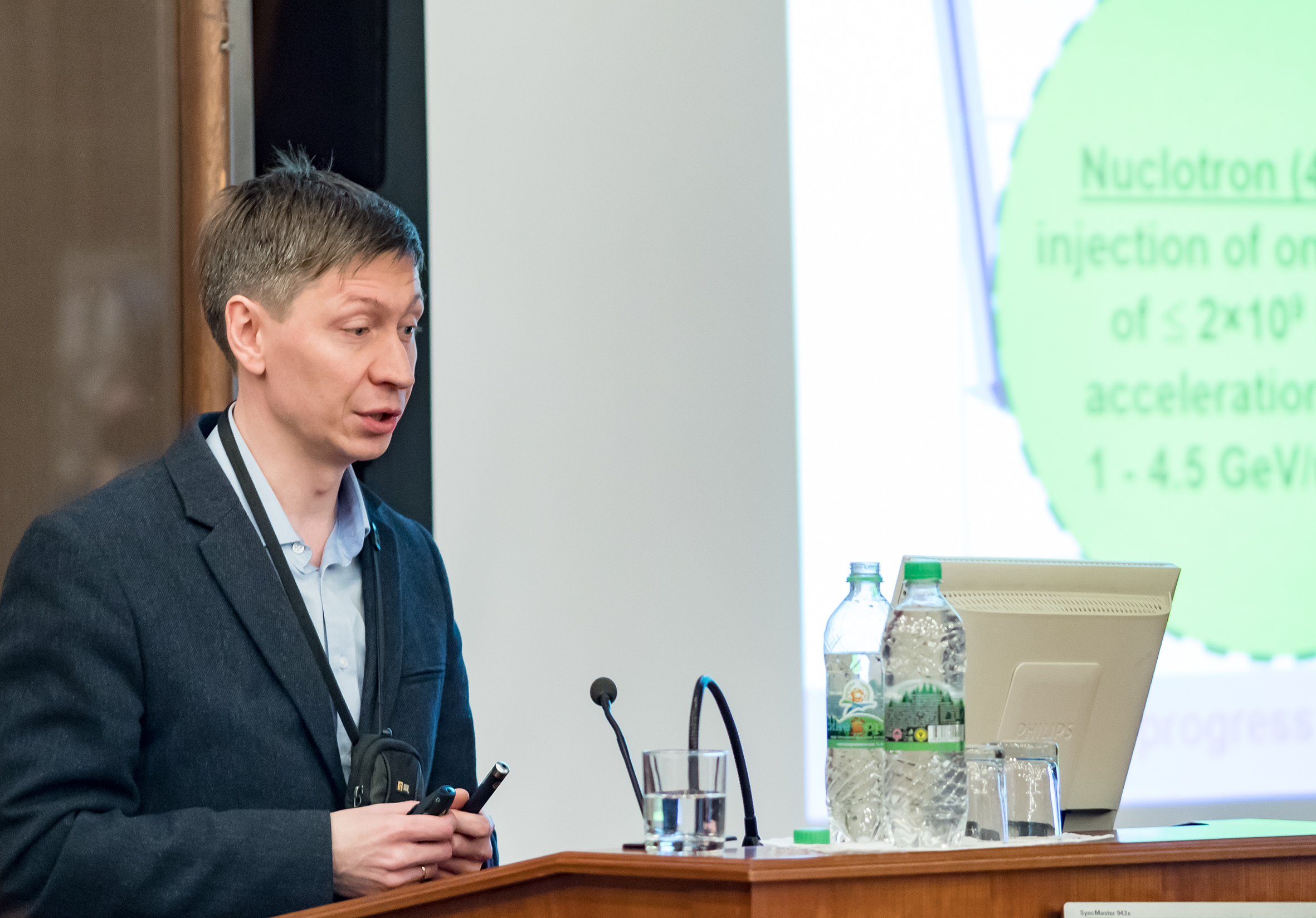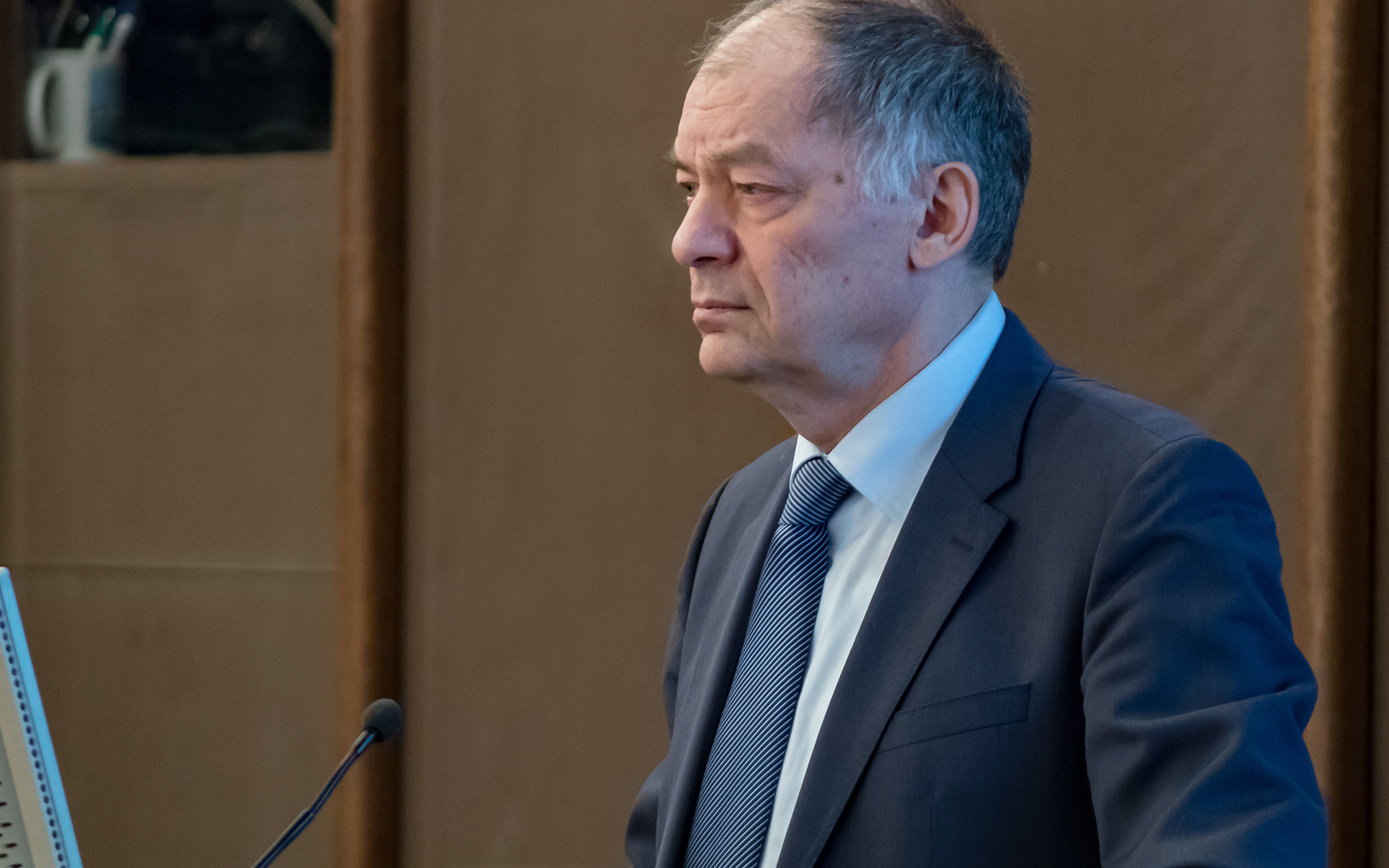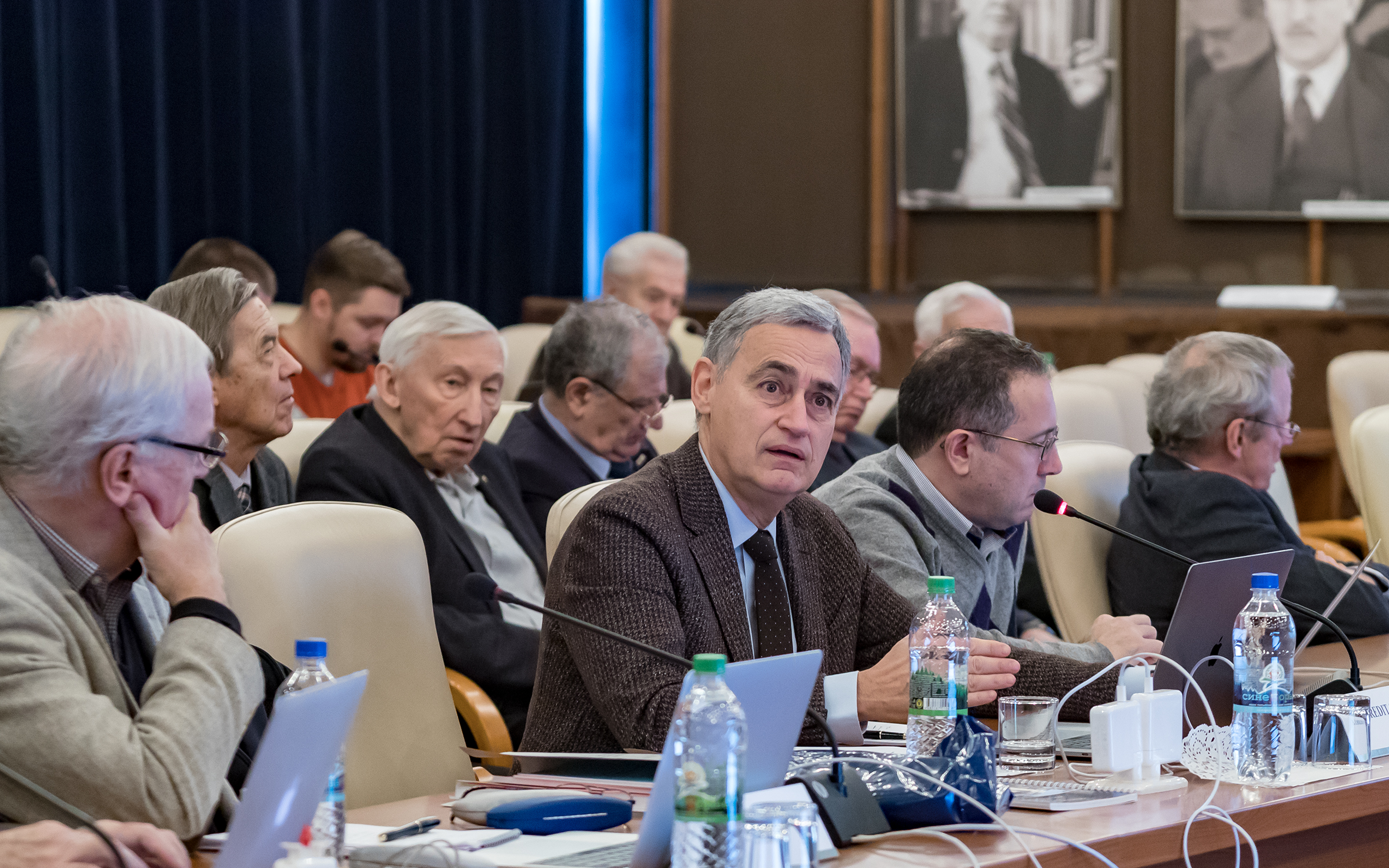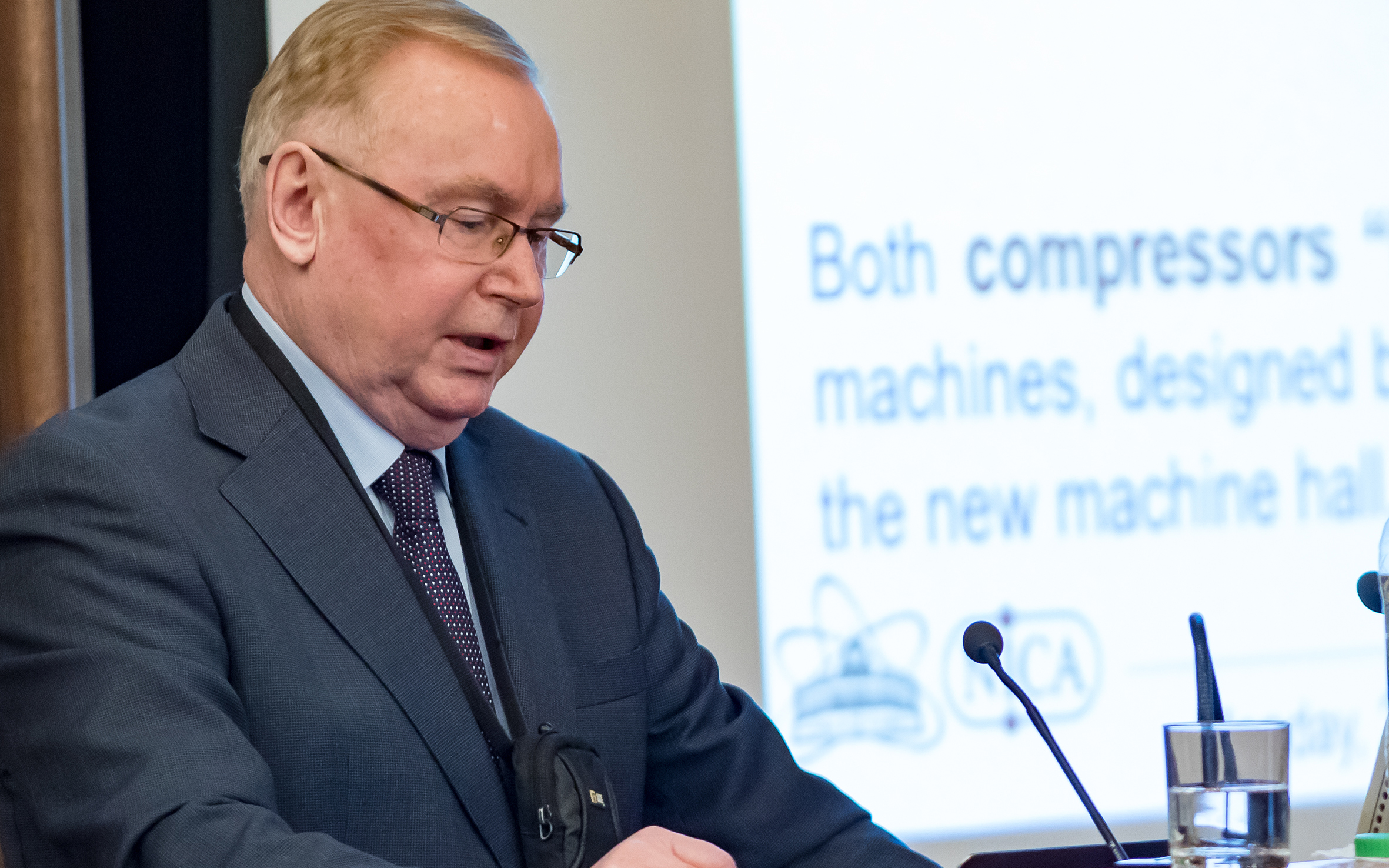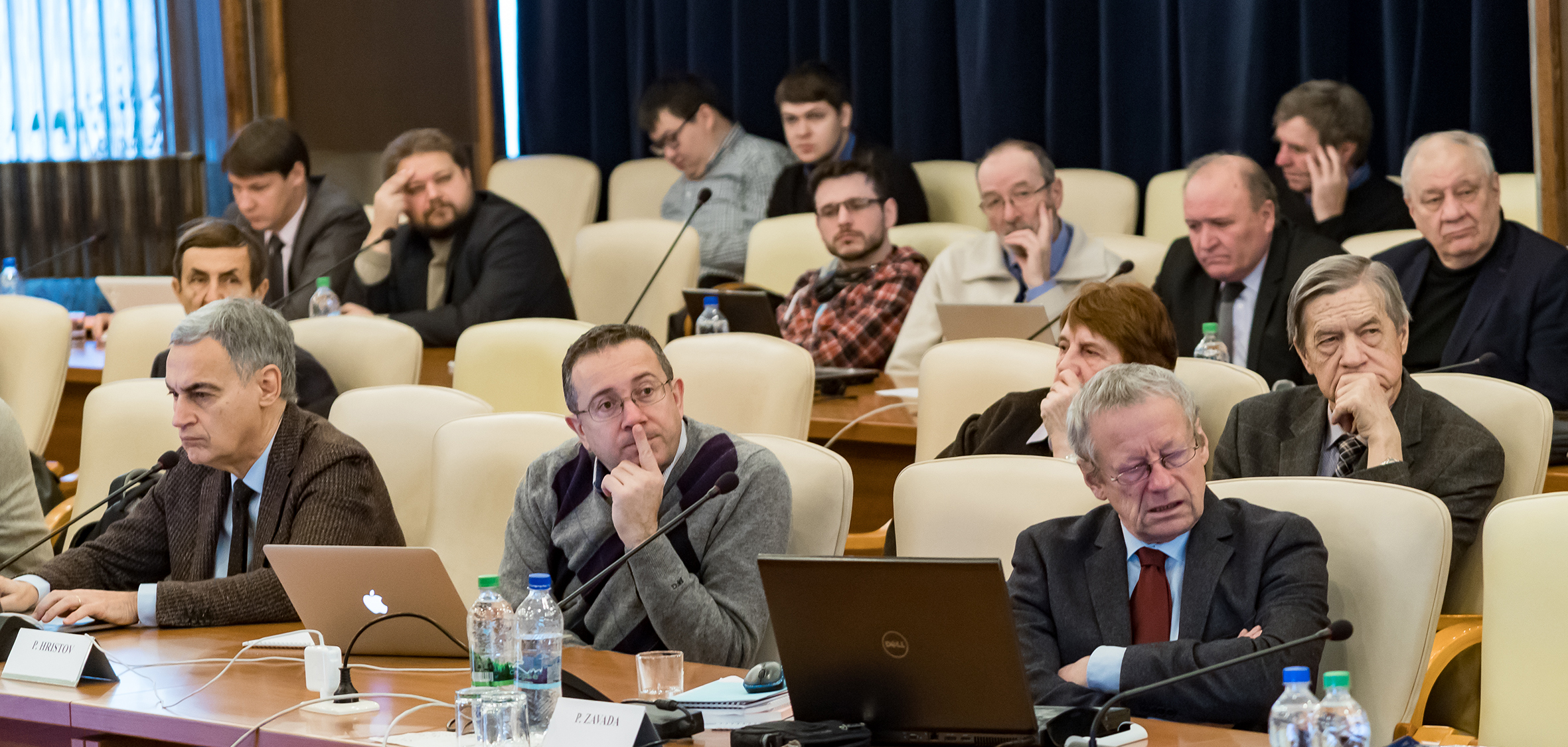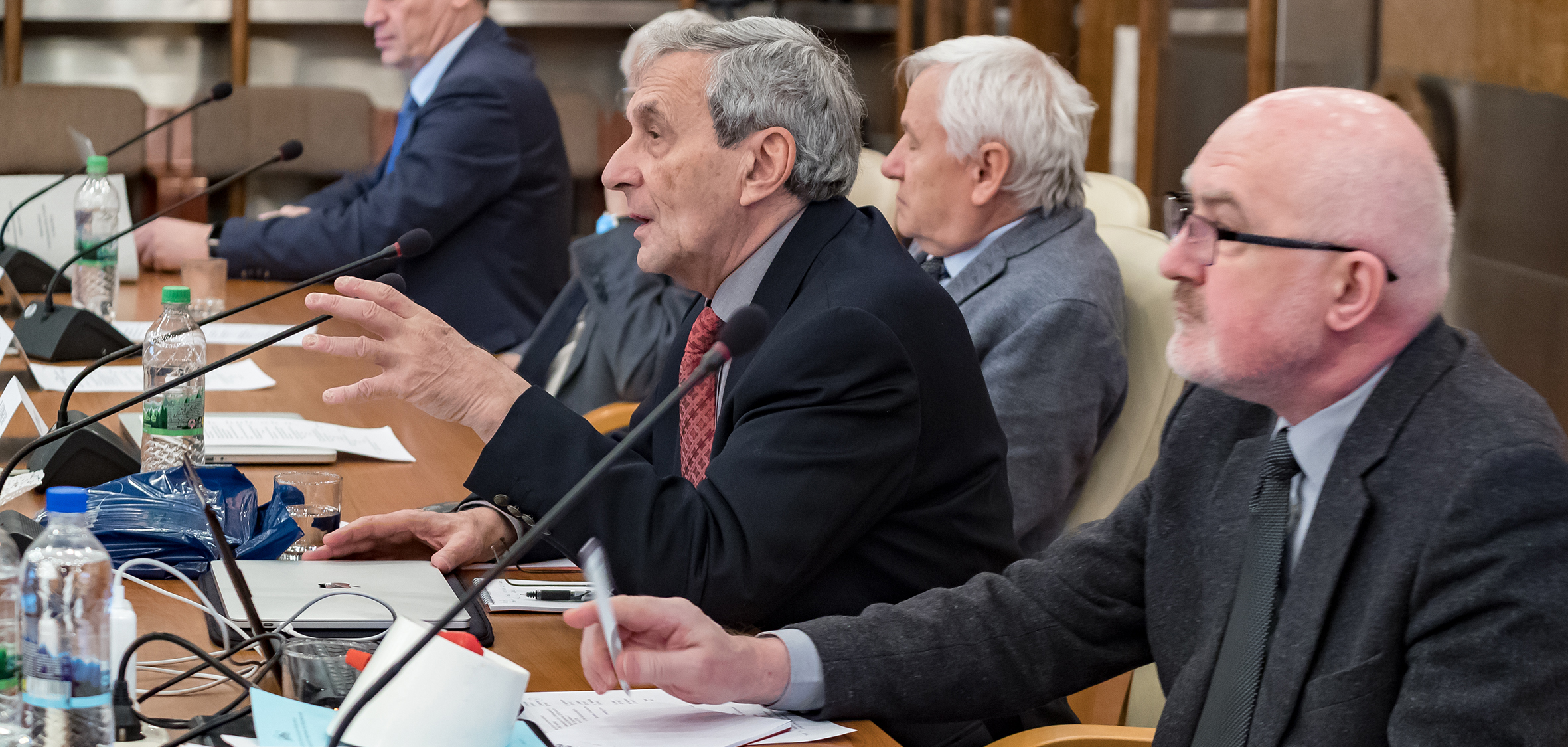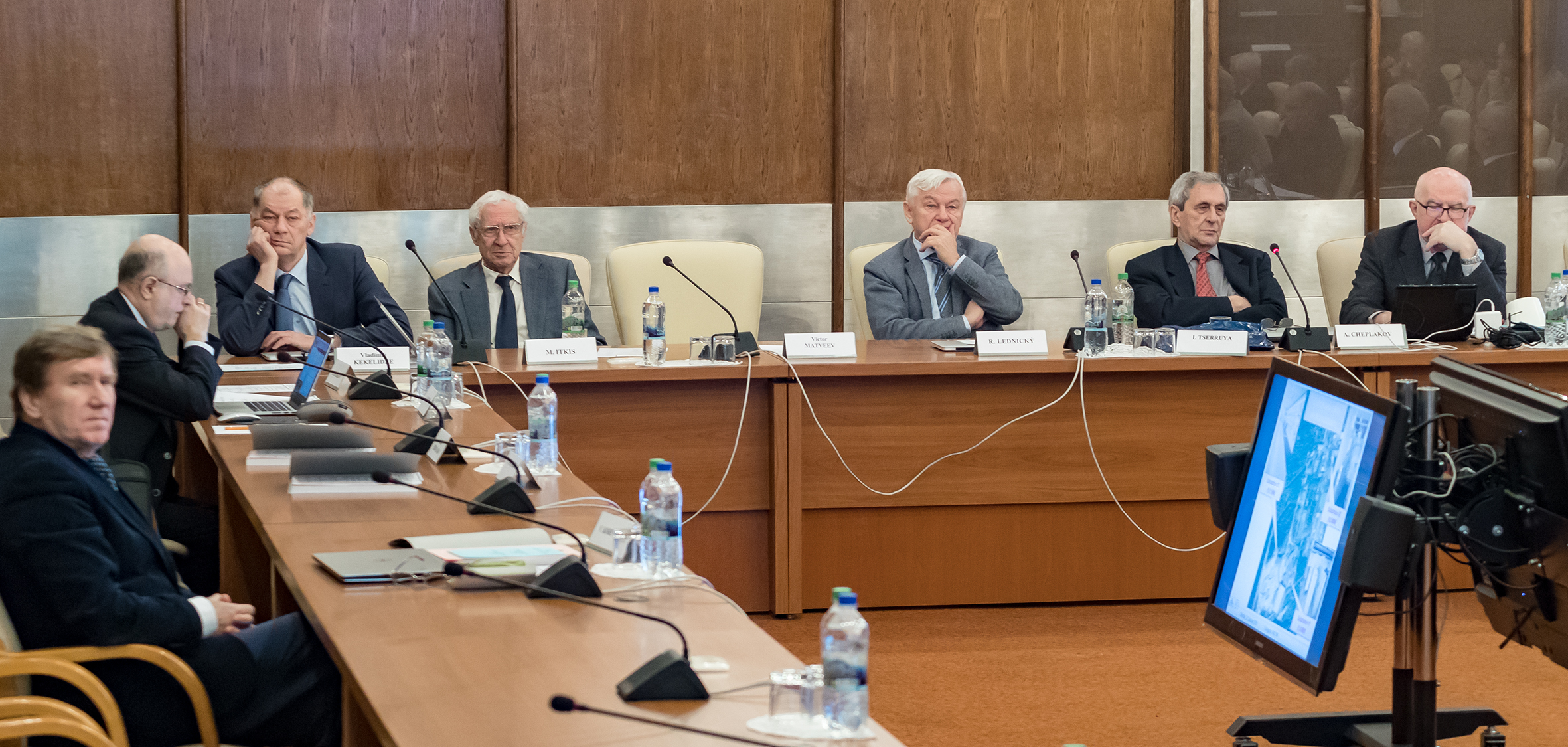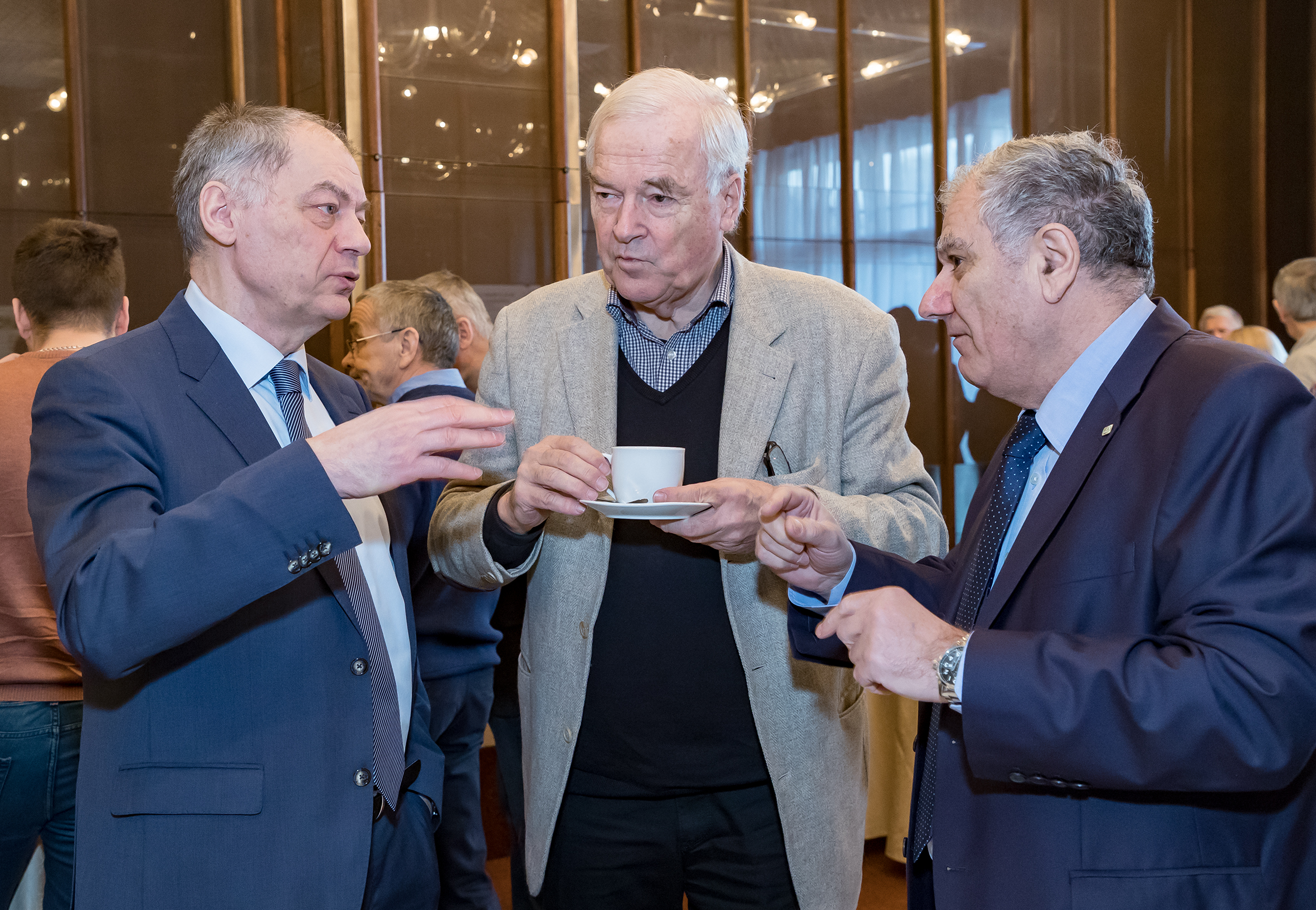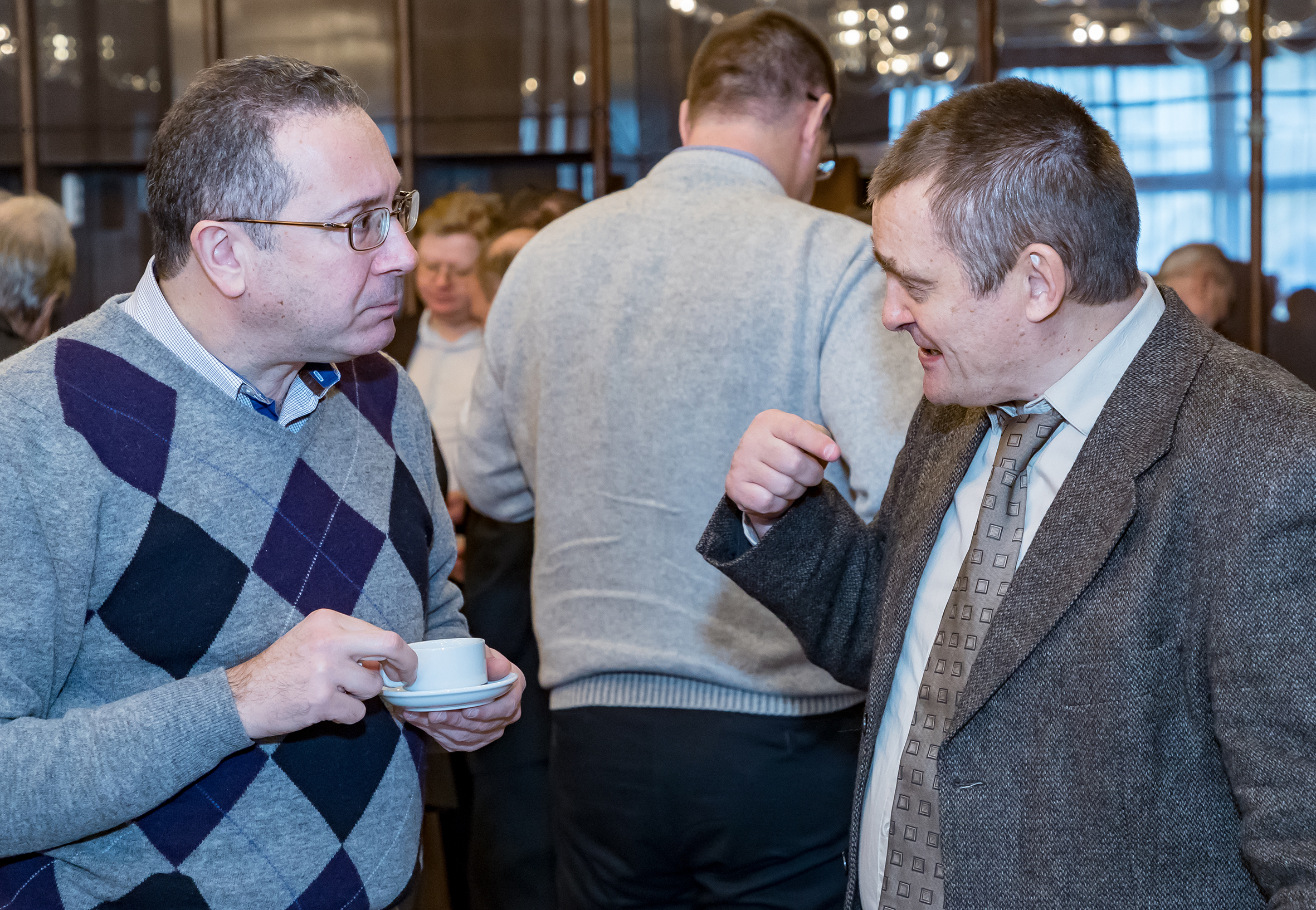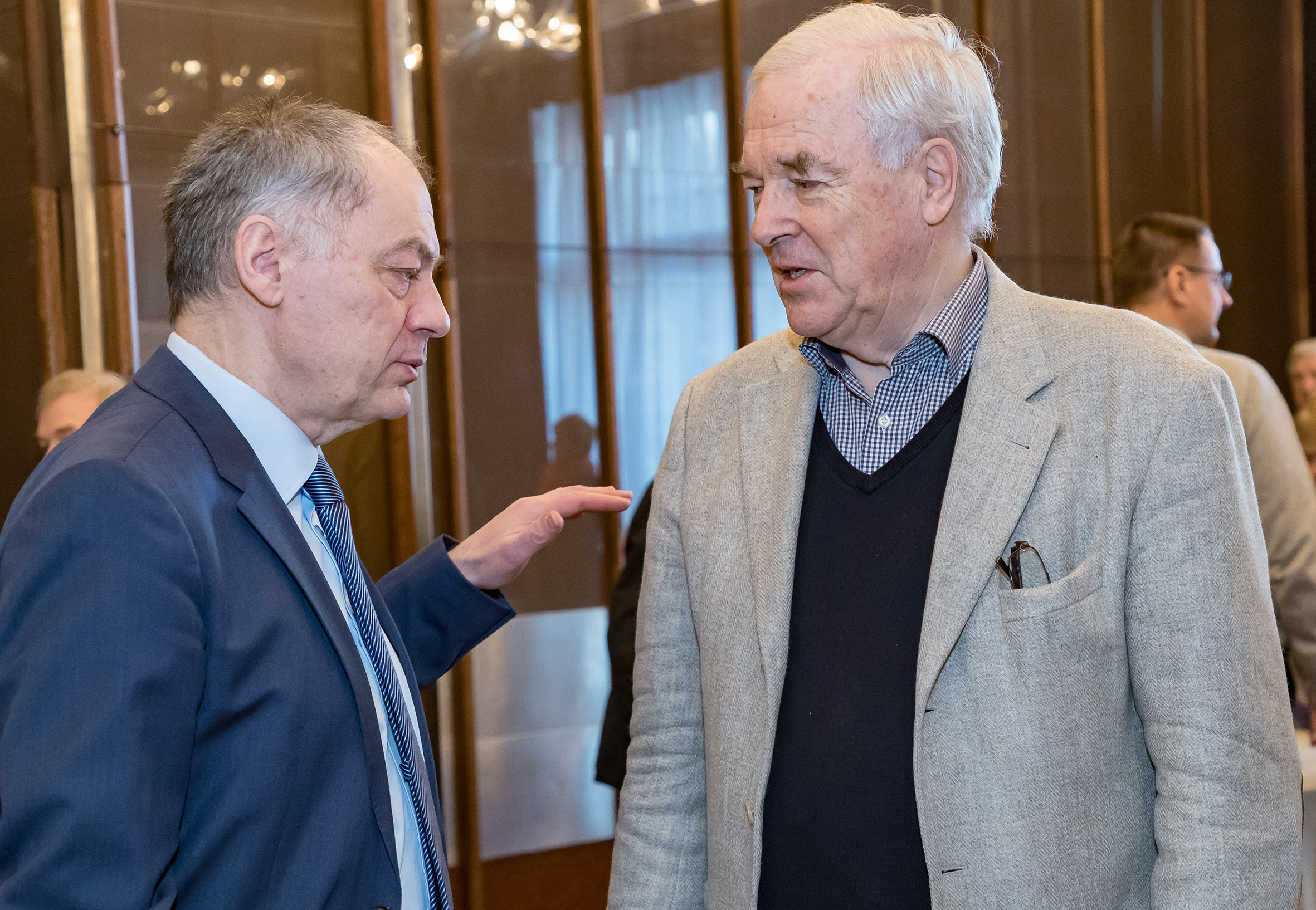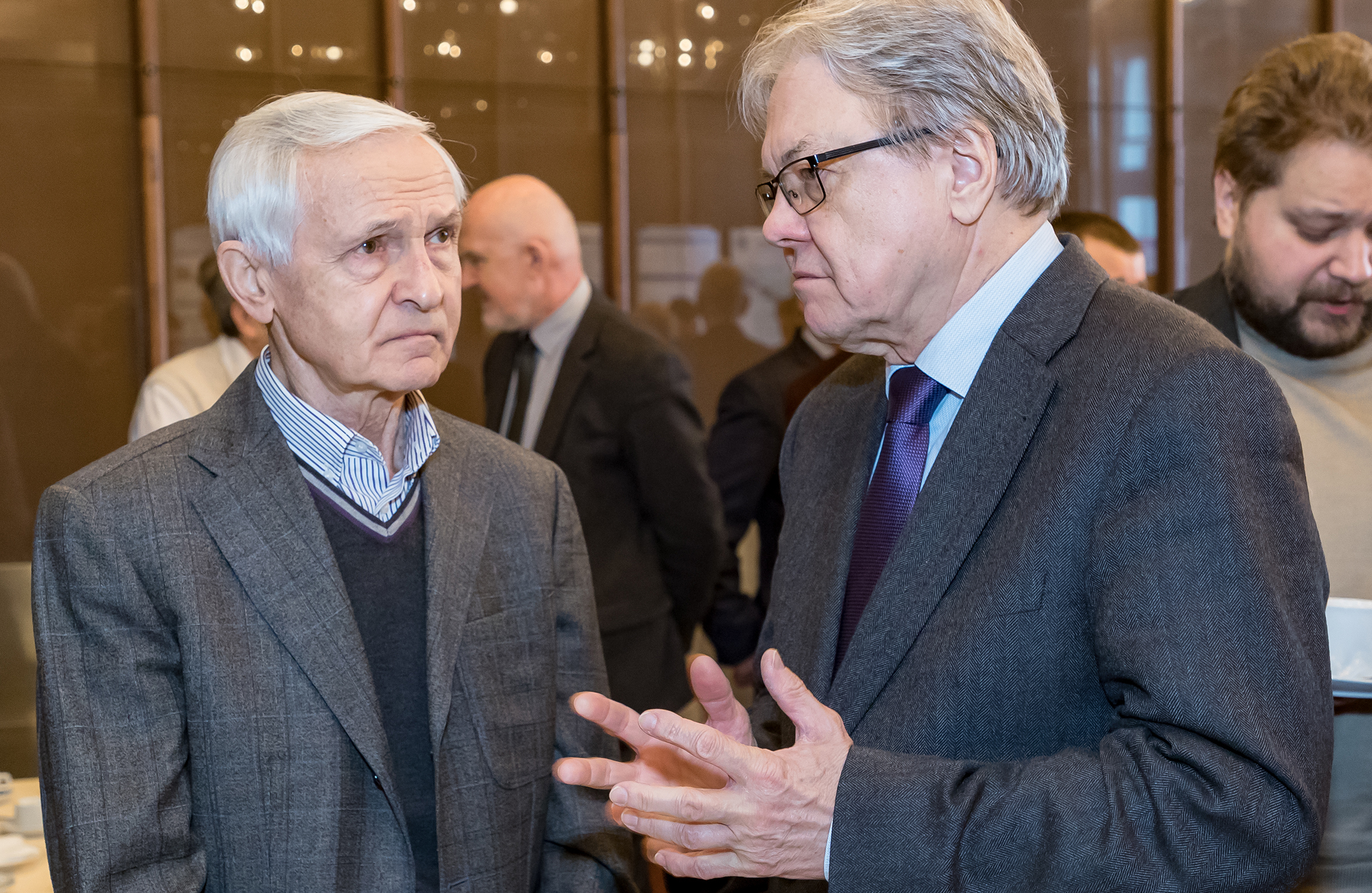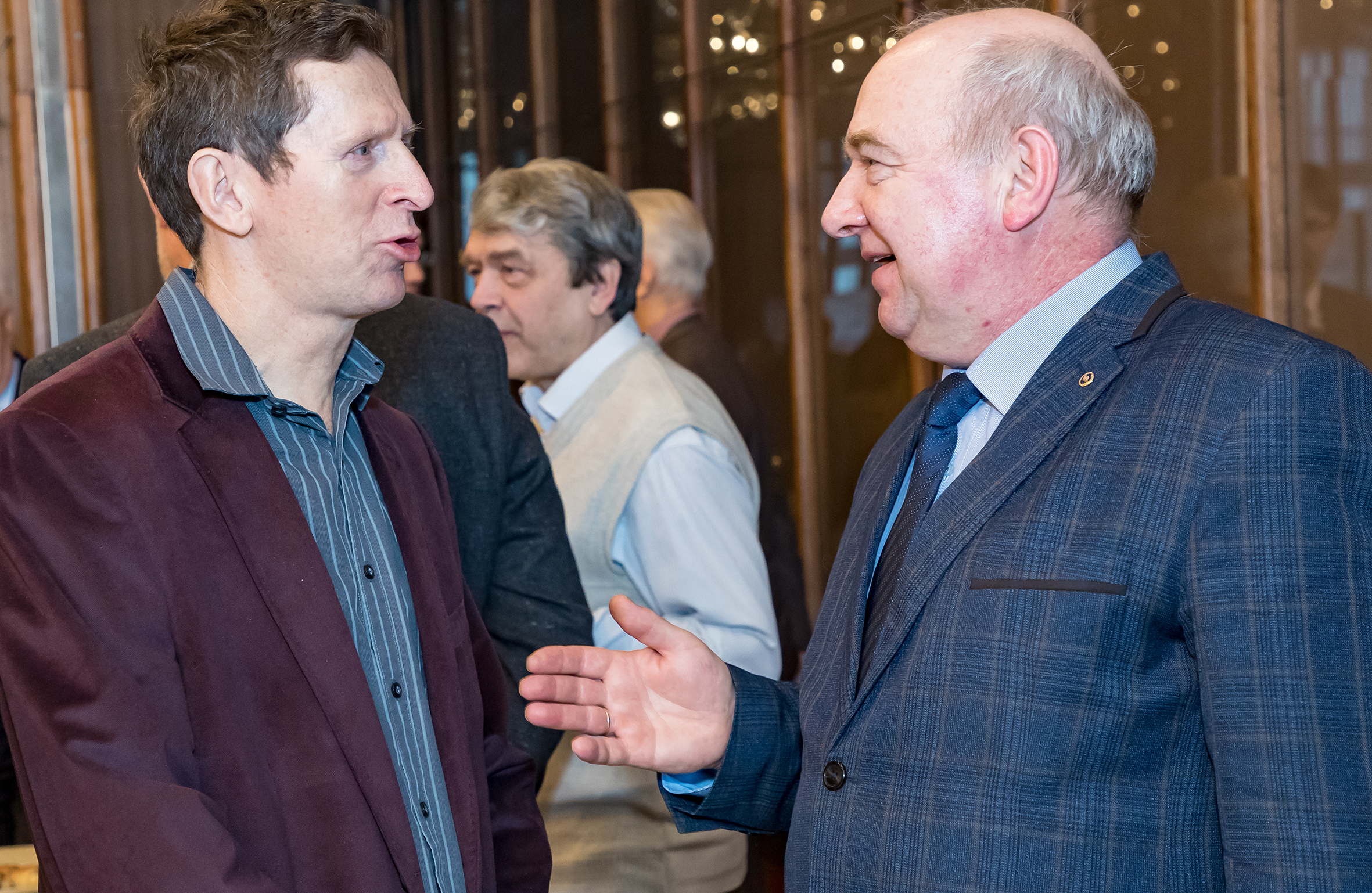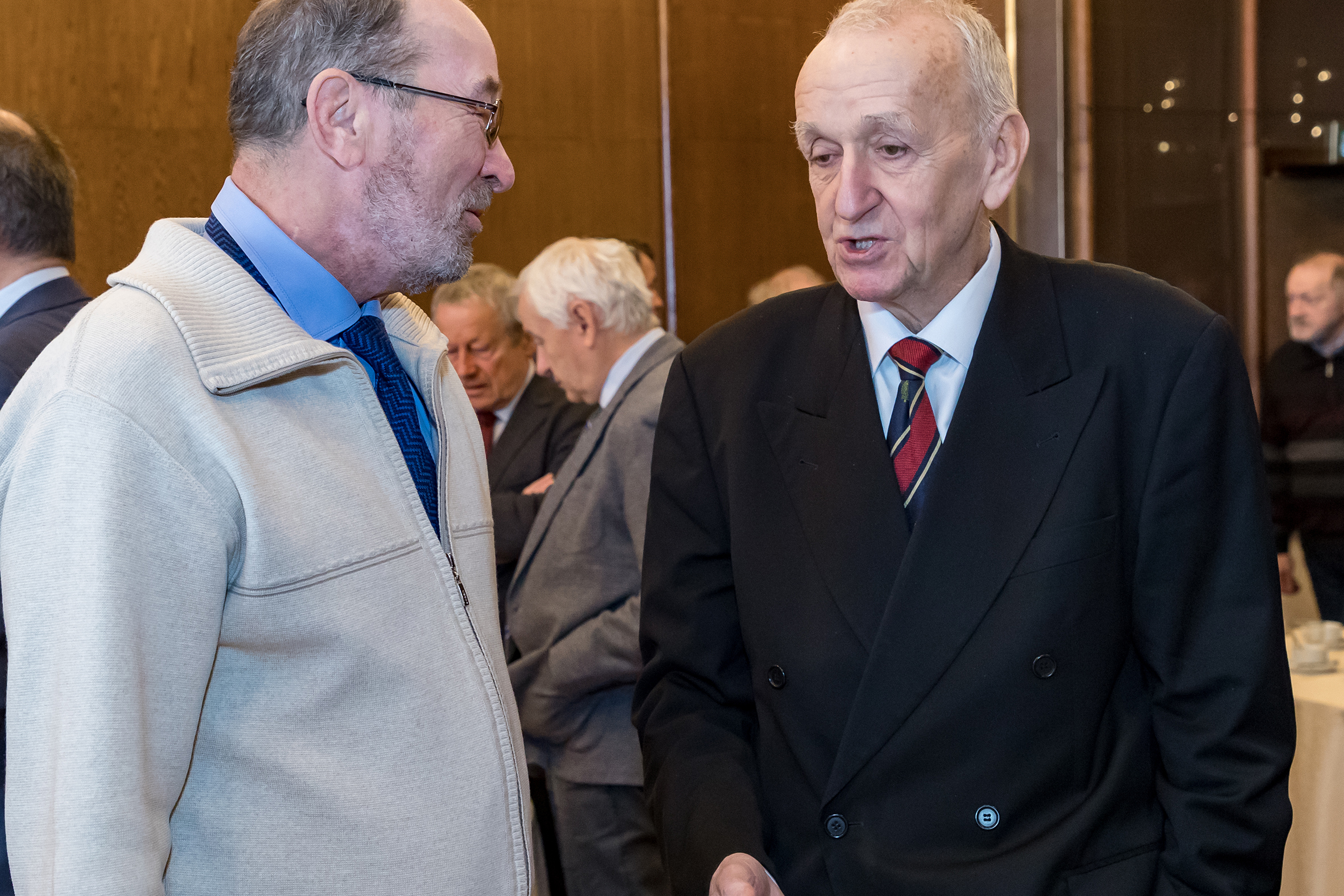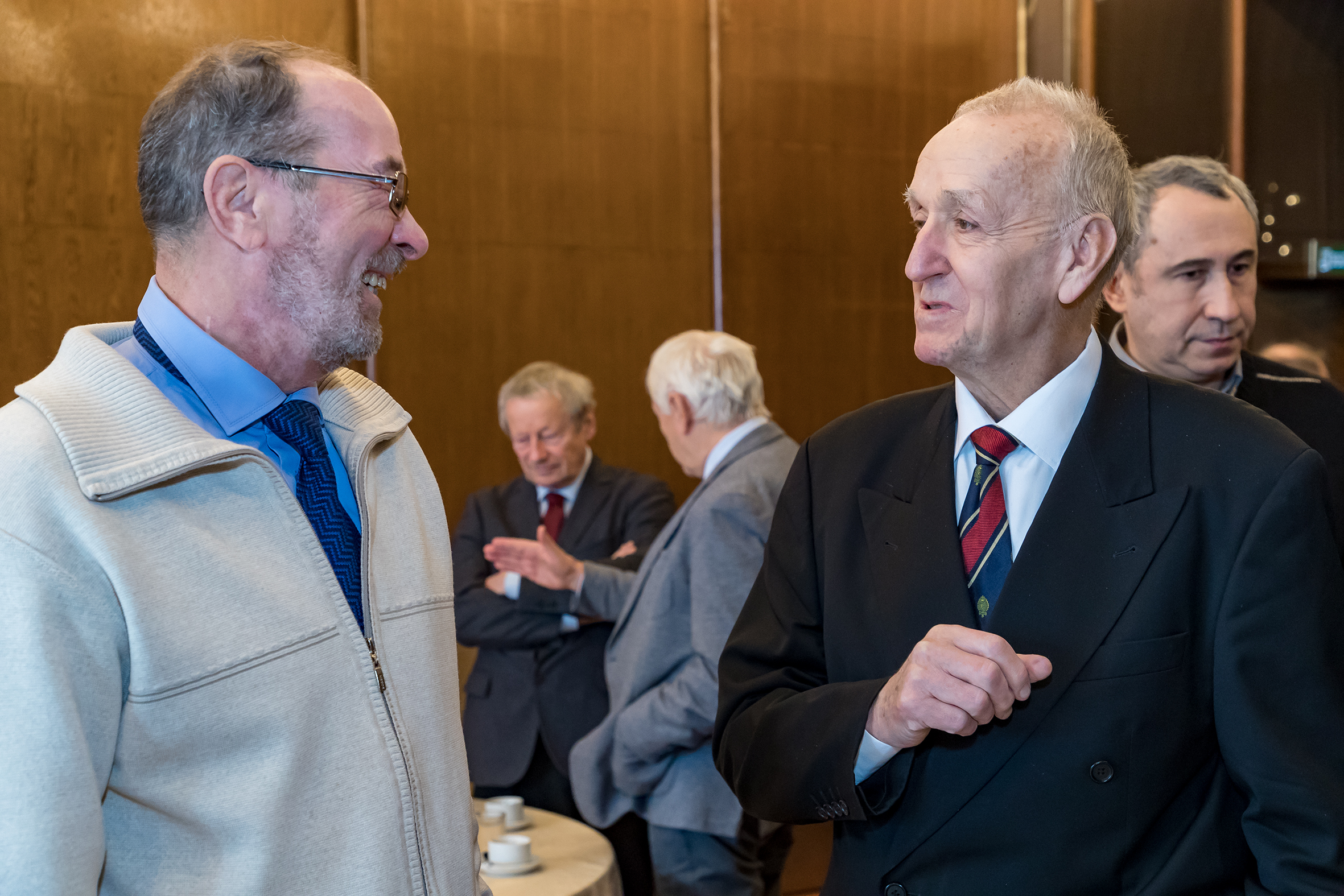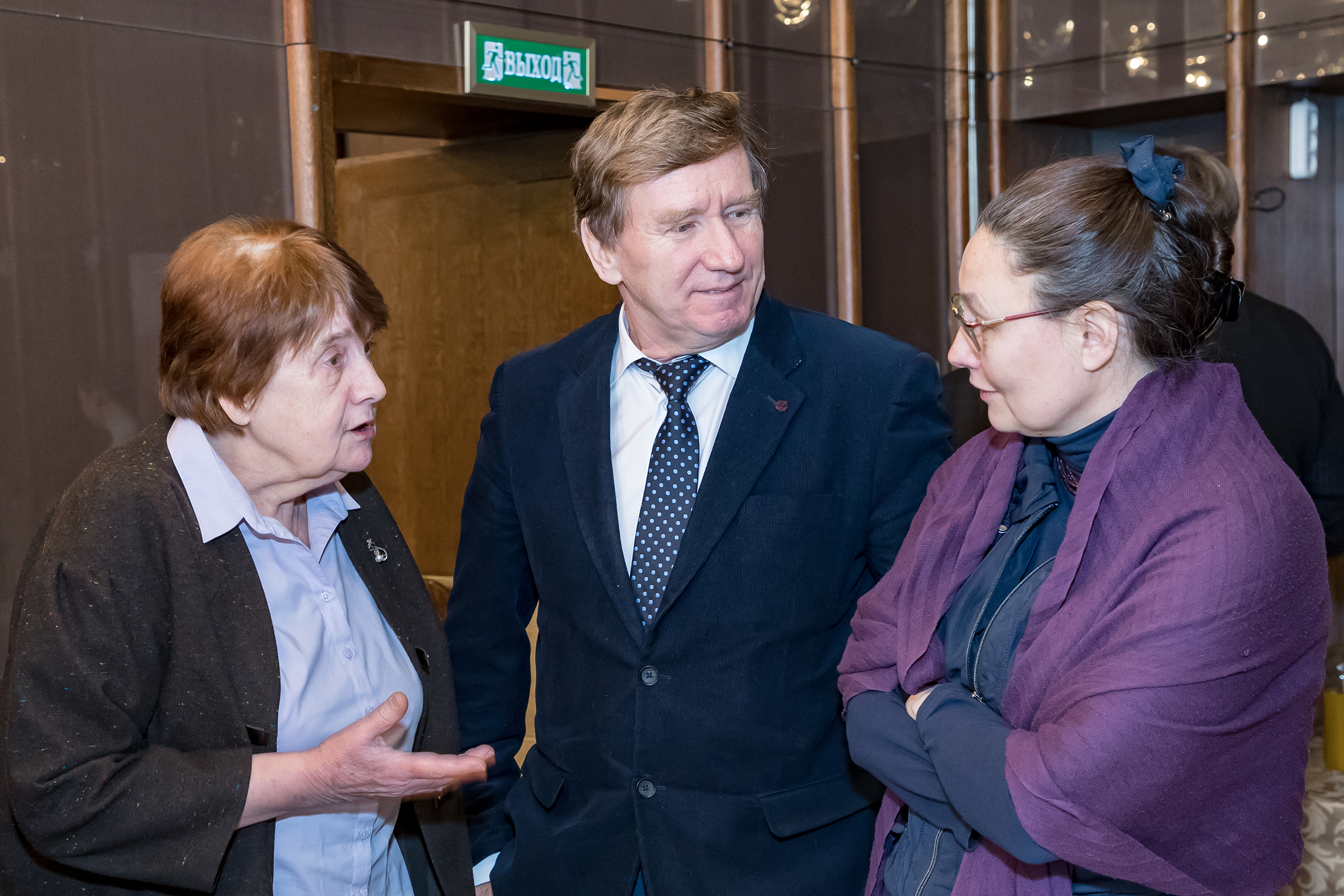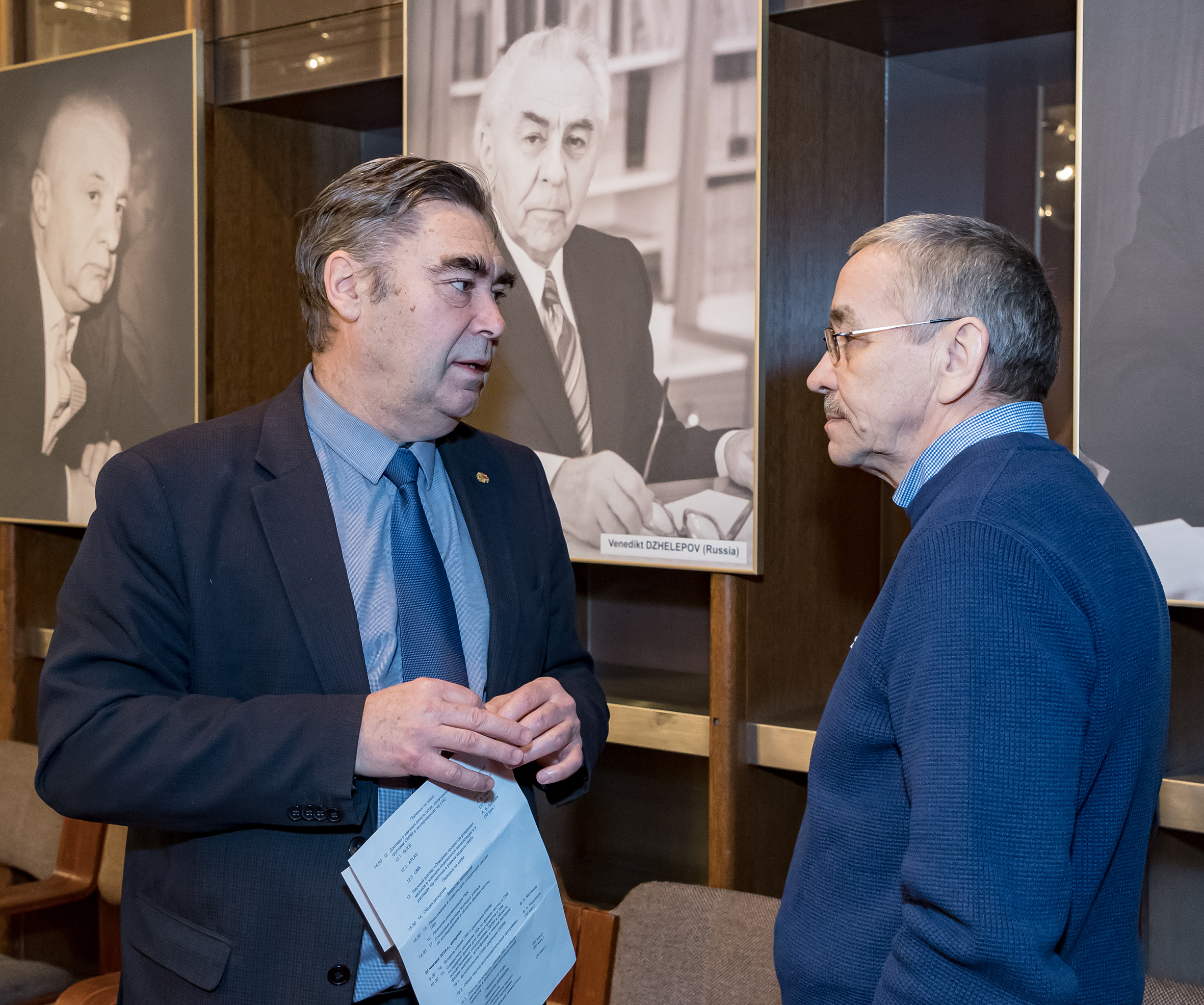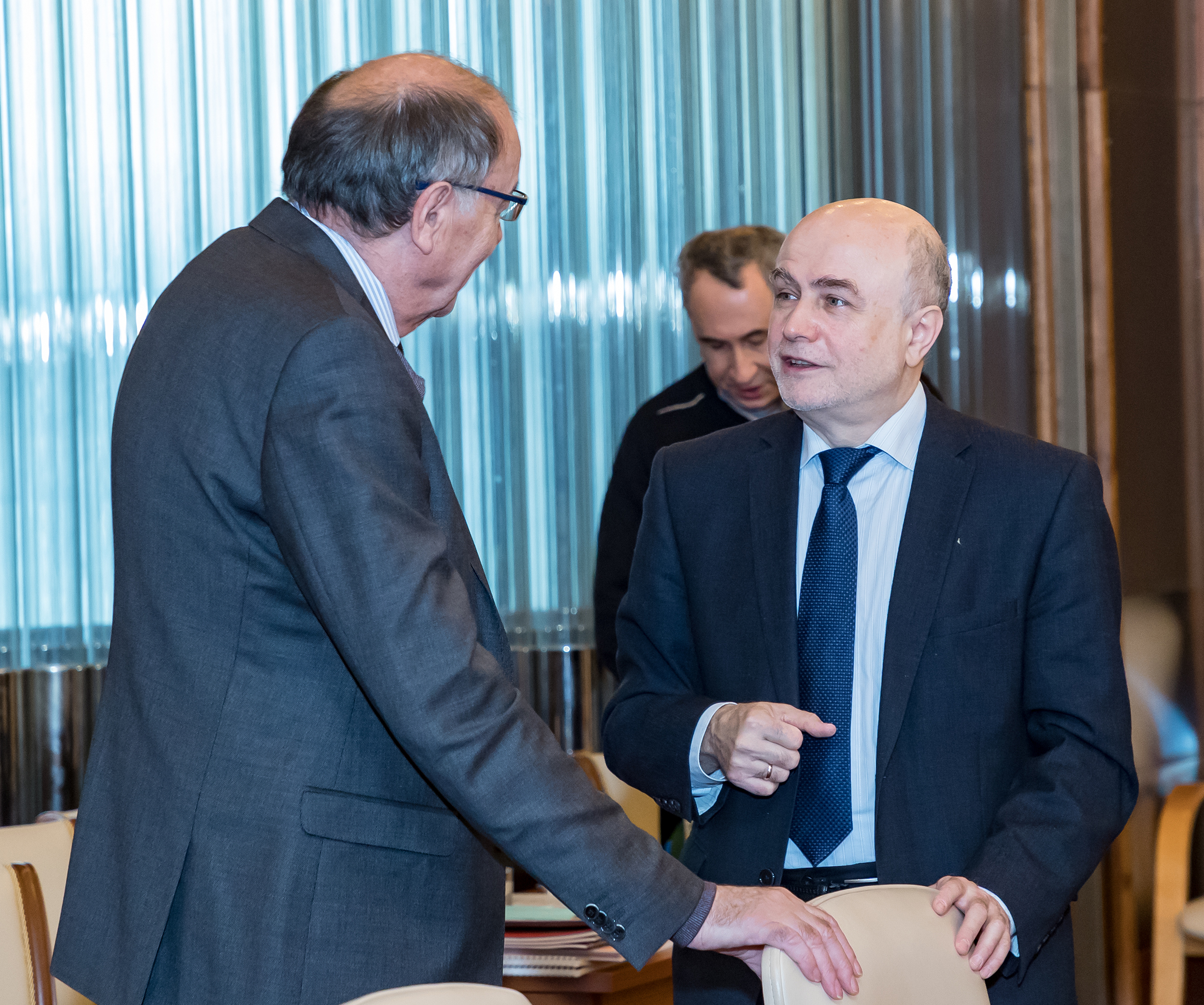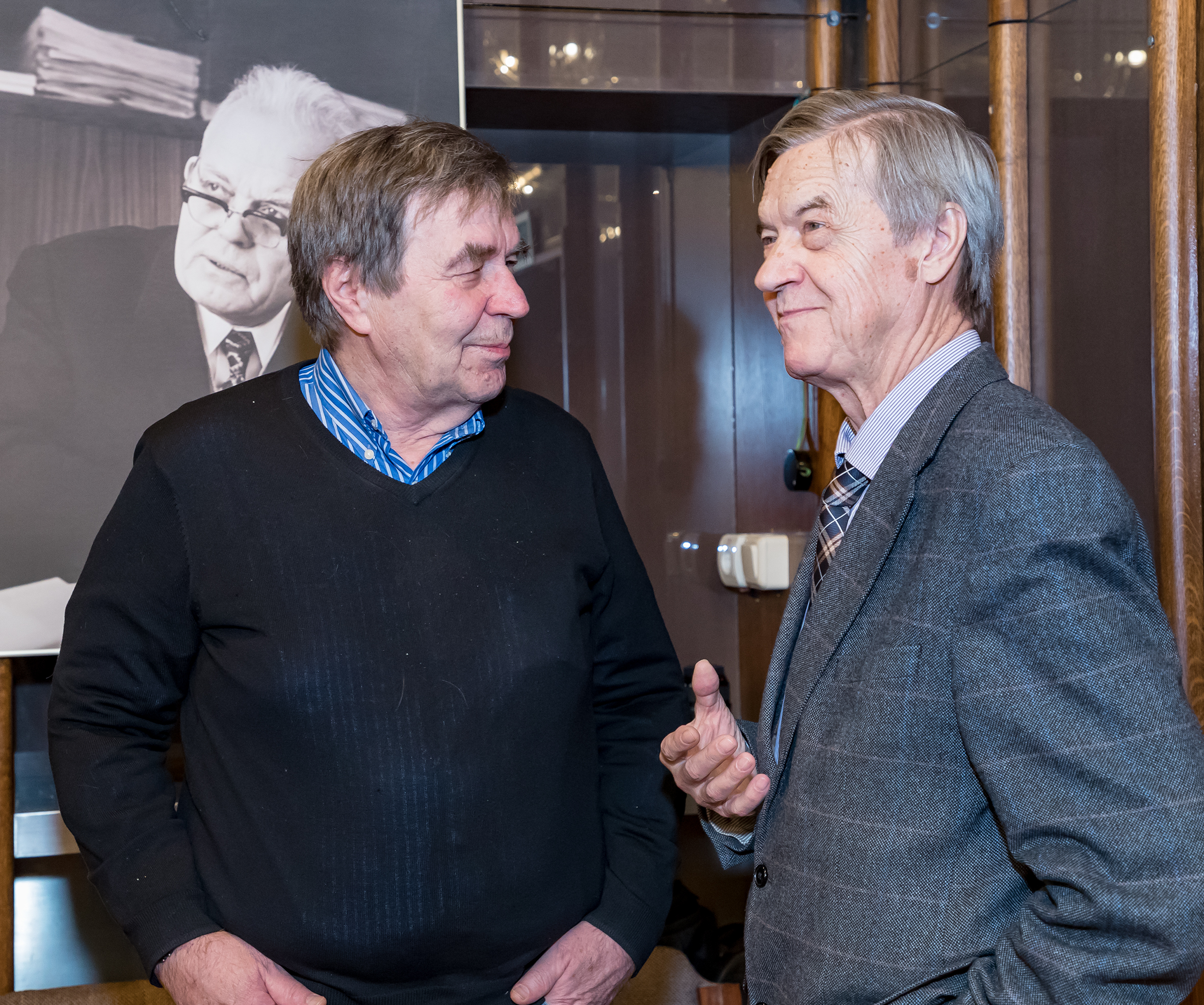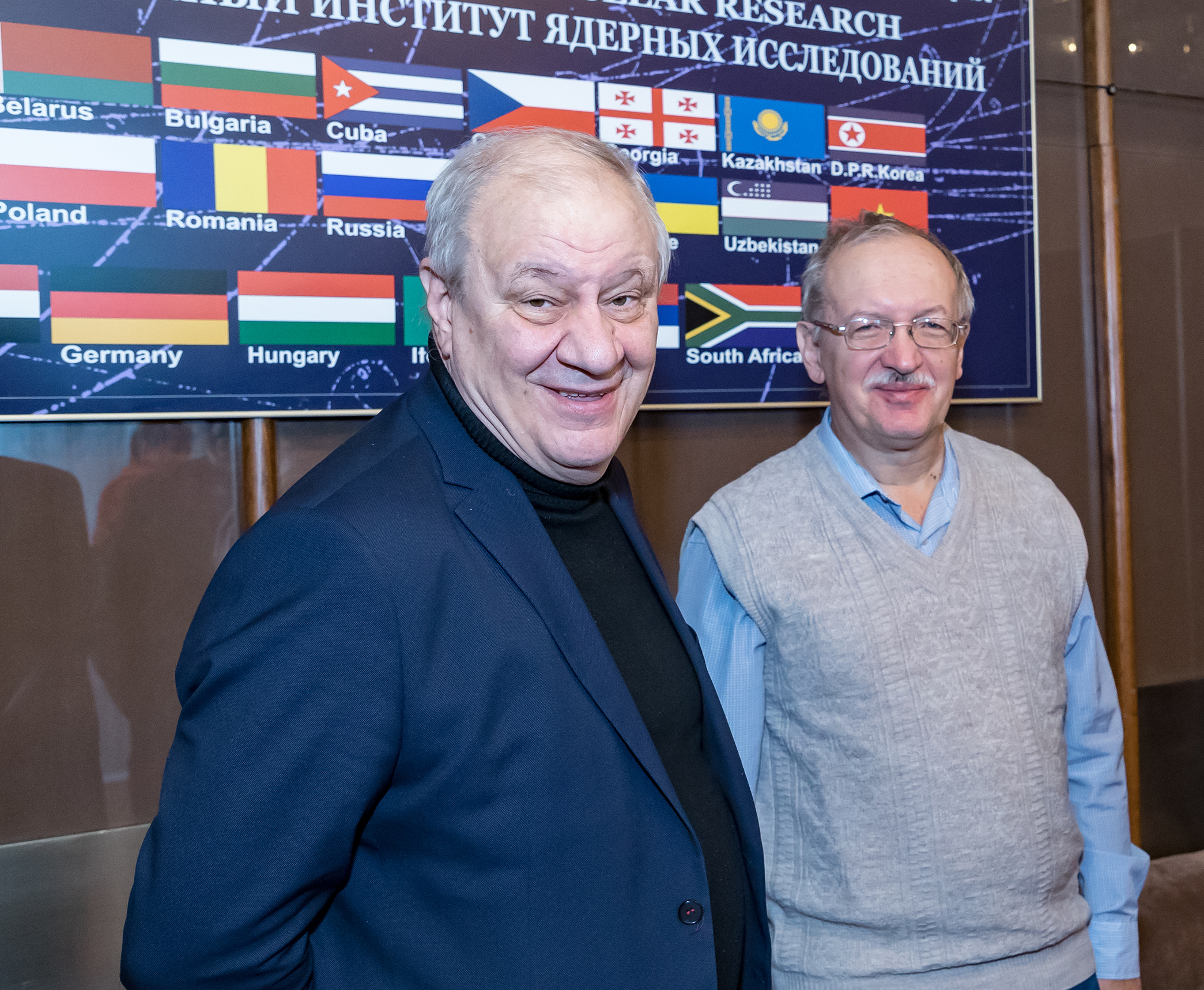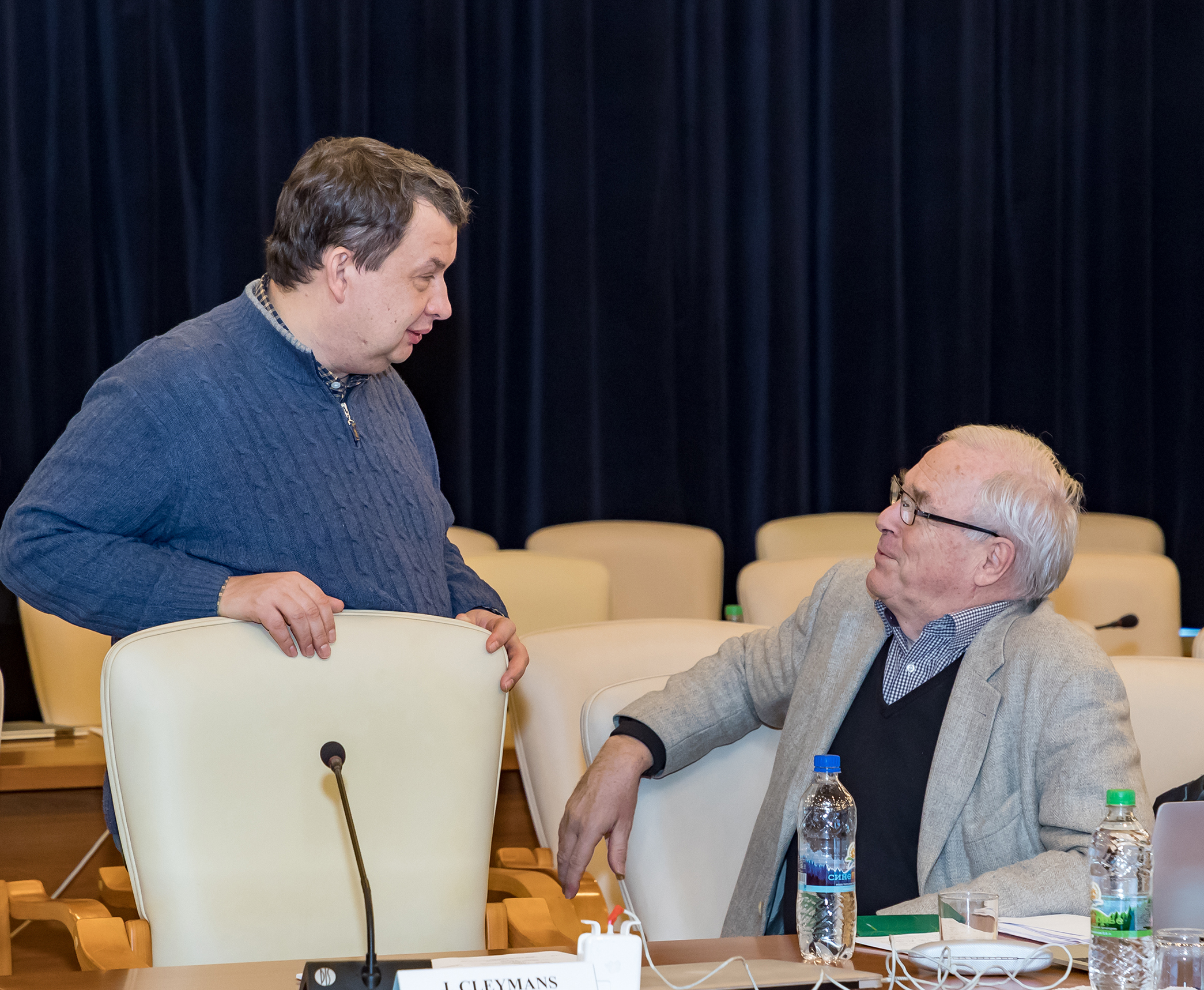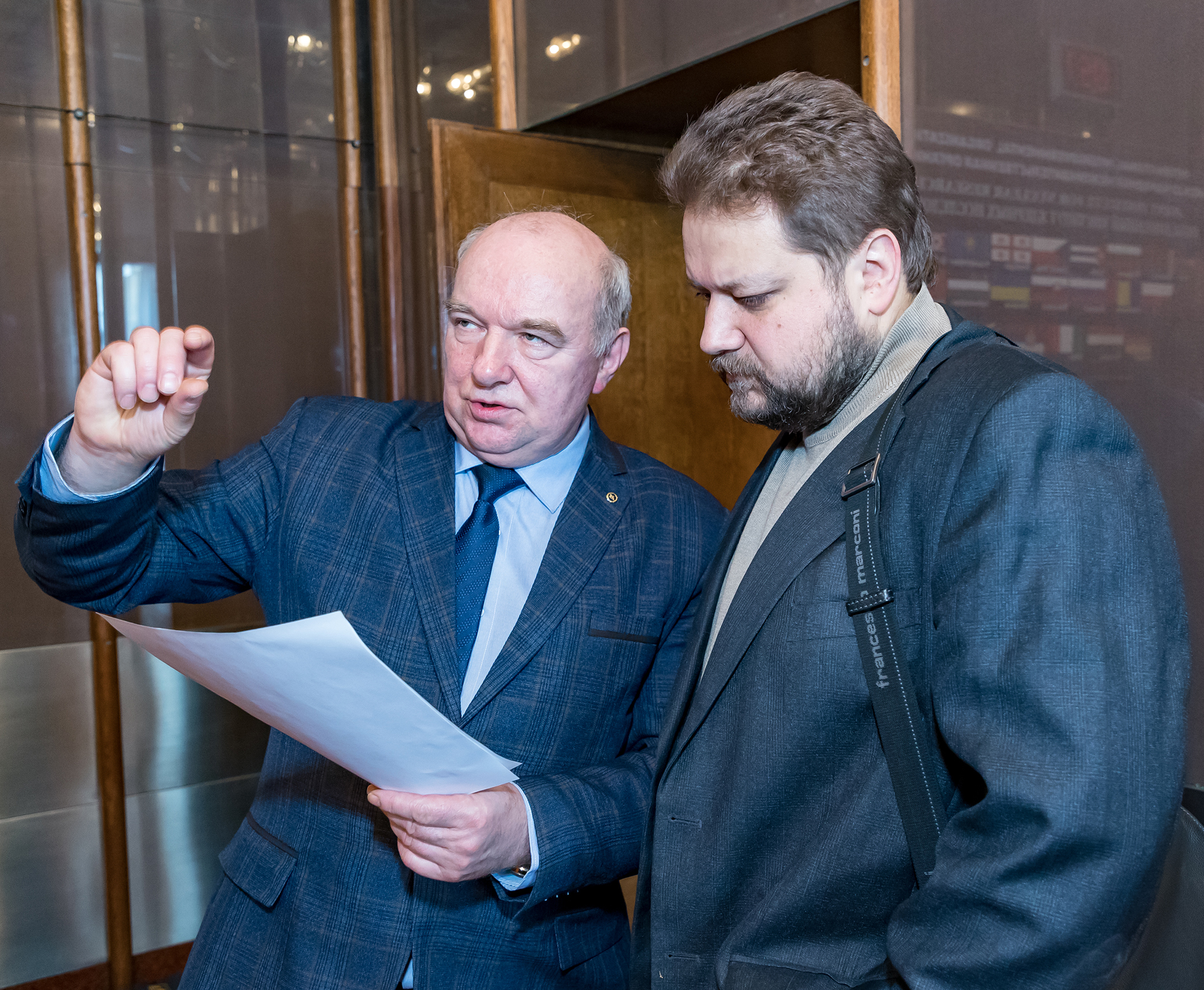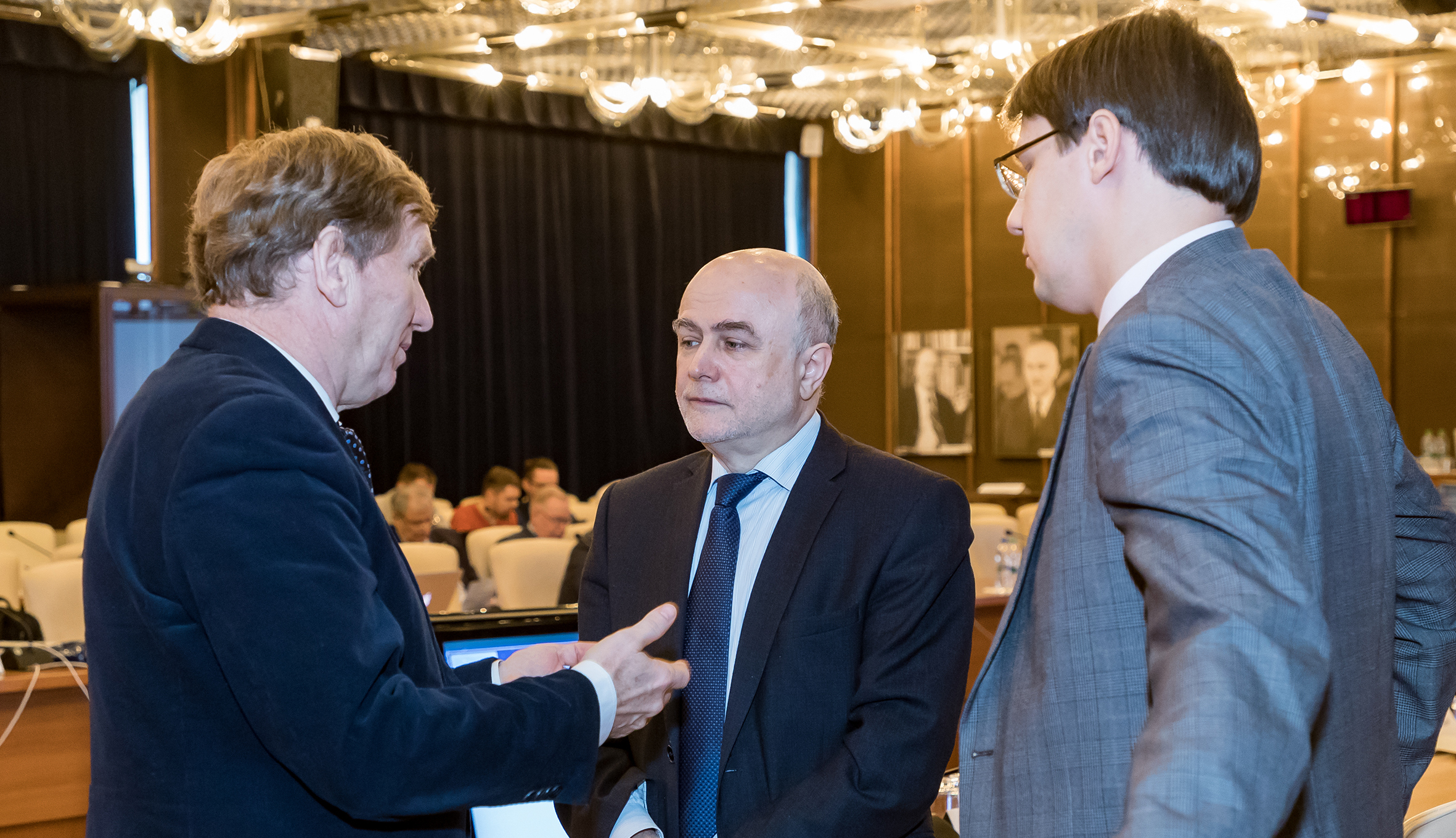NICA is the main project
Organization, 01 February 2019
On 21 – 22 January 2019, the meeting of the Programme Advisory Committee for Particle Physics was held in the International Conference Hall. PAC Chairman I. Tserruya reported on the implementation of the recommendations of the previous PAC meeting. JINR Vice-Director R. Lednický spoke about the Resolution of the 124th session of the JINR Scientific Council (September 2018) and on the decisions of the JINR Committee of Plenipotentiaries (November 2018).
As JINR Vice-Director V. Kekelidze noted in the comments to journalists, “PAC for Particle Physics considers all projects in this field. The largest of them is the NICA project; that is why it is paid special attention of the Committee: at every session, the report is made, problems are discussed, the schedule of its implementation and plans are carefully monitored. Unfortunately, the plans go only in one direction, I hope scheduled dates will not be greatly moved. It has always been the issue of discussions.”
Several reports on the implementation of the NICA project took a half of the first day of the session. S. Kostromin reported on the progress towards implementation of the Nuclotron-NICA project, N. Agapov made a report on the development of the infrastructure of the accelerator complex.
“At the moment, the construction of the NICA complex is being continued,” Head of the Scientific and Experimental Department of Superconducting Magnets and Technologies S. Kostromin said to the journalists. “The heavy ion linear accelerator together with the source have been tested, and now, all efforts of the Accelerator Department and the Laboratory are aimed at the delivery of the tested magnet components to the accelerator’s tunnel and their assembling. In fact, assembling of the NICA booster has been already launched; the last cryogenic tests of the elements are being finished; work on assembling and creation of beam transportation channels from the linear accelerator to the booster, from the booster to the Nuclotron and then to the collider is underway. Testing of magnet elements of the collider has been already launched, and work on the development of accelerating systems for the collider and electron cooling systems is carried out jointly with colleagues from the Budker Institute of Nuclear Physics. Of course, it is worth to mention a large amount of work on other collider’s systems conducted in the Laboratory nowadays.”.
As for the number of magnets, S. Kostromin enumerated: the booster needs 88 magnets, the NICA collider needs approximately three times more of them. That is why if we consider testing and assembling of the collider’s components, we will see that we are in for far more extensive work. Furthermore, channels are also complex facilities. For example, the channel for the beam transportation from the Nuclotron to the collider consists of 90 magnet elements; they must be installed, aligned, turned on, tested, and specialists must make sure that magnets provide necessary characteristics.
A special set of reports was devoted to experiments at the NICA facility: V. Kekelidze introduced to participants of the meeting the milestones of the second collaboration meeting of the MPD and BM@N experiments at NICA. A. Kisiel and M. Kapishin, being elected leaders of the collaborations, reported on the progress towards the implementation of the MPD and BM@N projects, including the results of modelling using the Monte-Carlo method. R. Tsenov made a report on the conceptual and technical design of the SPD. V. Kekelidze commented on the results of this work: “We now approach the stage when further implementation of the project will be difficult without wide international cooperation. A large international collaboration should be established for each experiment of the NICA project. It is important not only in terms of additional resources but also in terms of the intellectual contribution: the team should consist of specialists from various institutes with various experience, knowledge, with a wide range of scientific tasks and with understanding how to solve them. Such collaborations have been operating for a long time; all formalities were finalized in October. 220 people from 10 countries and 19 institutes joined the BM@N collaboration while the MPD collaboration is represented by 465 specialists from 35 institutes of 10 countries. And this is only the beginning. Each collaboration elected their leaders among several candidates by secret ballot, then collaborations chose their deputies, technical coordinators and the governing body in which each participating institute has one representative – a leader of his team. It is a kind of a “political body” that organizes elections of other leaders.”
Commenting on the questions on the milestones of the past year, Leader of the NICA project V. Kekelidze noted two significant events: “The first event is the 55th run at the Nuclotron, the best one in the whole history of our Laboratory. Beams had only good characteristics and had good output. About 200 million events were accumulated in the first experiment in the frames of the NICA BM@N project. Nowadays, processing of this data is conducted; we have work for several years. We expect the first publications based on this data to be issued in May – June. The second important event is the start of the booster’s assembling: we expect to produce the first beam this year. It will be the first one in the set of the NICA accelerators.”
PAC experts recommended to analyse critically the current schedule of this project to avoid possible delays in the future. At large, intensifying of efforts on the development of the equipment for the NICA collider was supported; close cooperation and coordination of actions of accelerator and detector specialists was highlighted.
PAC participants highly evaluated a successful implementation of the plan for renewal of heating, water supply and water removal networks (nowadays 12 km of networks was renewed, it is planned to finish this work until the end of the year), as well as efforts of the VBLHEP Directorate to avoid retardations from the plans for the construction of the booster station.
The report by V. Kekelidze on the second MPD-BM@N collaboration meeting was also appreciated: PAC members highly evaluated the establishment of the collaborations, congratulated elected and appointed leaders of the projects and wished them fruitful work. The report on the progress towards implementation of the MPD project was met with interest, a permanent progress in the development of the major subsystems of the MPD project as well as winning of the joint grant of the Russian Federation and the People’s Republic of China for the construction of the electromagnetic calorimeter of the MPD detector were highlighted.
The PAC heard preliminary results of work of the BM@N detector acquired in the 55th run of the Nuclotron. The PAC appealed to members of the scientific team to concentrate on the physical analysis of the obtained data and to present a relevant report at the next PAC meeting.
Proposal of R. Tsenov to open the official SPD project for preparing of and drafting the conception CDR and technical TDR of the projects also found support. To fulfil this task, it was offered to form a special group of experts in order for the project to be enough valuable; it was recommended to continue work and affirm the project of the CDR and TDR drafts until the end of 2021 with first priority.
The following decisions were made according to the reports on the projects approved for completion in 2019.
The BES-III experiment carried out in the Institute of High Energy Physics in Beijing (reported on by A. Zhemchugov): a considerable contribution to the development of the software and the data analysis as well as results obtained by the JINR team in the experiment since 2005 were highly appreciated. It was noted that the experiment achieved most of its aims and further research can be conducted using less efforts. It was recommended to continue the activities until 2022 with second priority.
The report on the JINR participation in the creation of the R & D for the ALICE spectrometer by A. Vodopyanov was approved, and it was recommended to prolong it until 2020 with first priority.
Reports on scientific results acquired by JINR teams in the LHC experiments were taken into account: in the ALICE experiment (report by B. Batyunya), in the ATLAS experiment (report by S. Turchikhin), in the CMS experiment (report by V. Aleksakhin). PAC members thanked A. Arbuzov for the scientific report “Description of meson production in electron-positron annihilation and tau-lepton decays within the NJL model”.
The report by N. Russakovich on promising plans for the JINR development in the fields of particle physics was met with interest. Efforts of the JINR Directorate to specify strategic aims and priorities in the scientific policy of the Institute were also highly appreciated. Plans for integration of projects and resources of JINR into the European scientific infrastructure and further strengthening of partnership with CERN were supported as well.
22 poster presentations on particle physics by young scientists of DLNP and VBLHEP were made at the PAC meeting. The Committee chose the report “Asymmetry effect East-West in streams of atmospheric muons in the far NOvA detector” by Olga Petrova for presentation at the session of the JINR Scientific Council in February 2019. The general recommendation to dedicate poster presentations to actual work of young scientists was made again.
The next meeting of PAC for particle physics is scheduled on 19 – 20 June 2019.
Galina Myalkovskaya, JINR Weekly Newspaper
photos by Elena Puzynina, JINR Scientific Information Department
